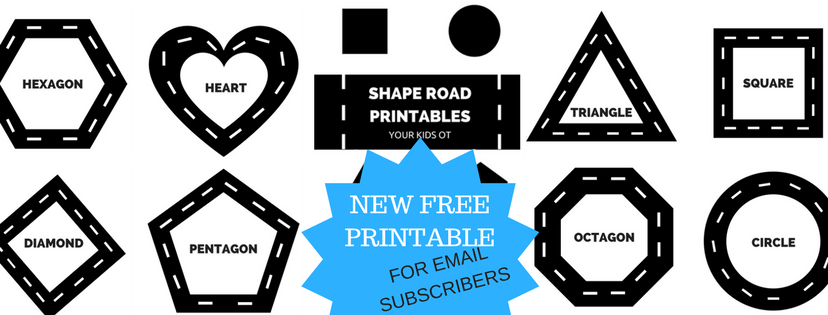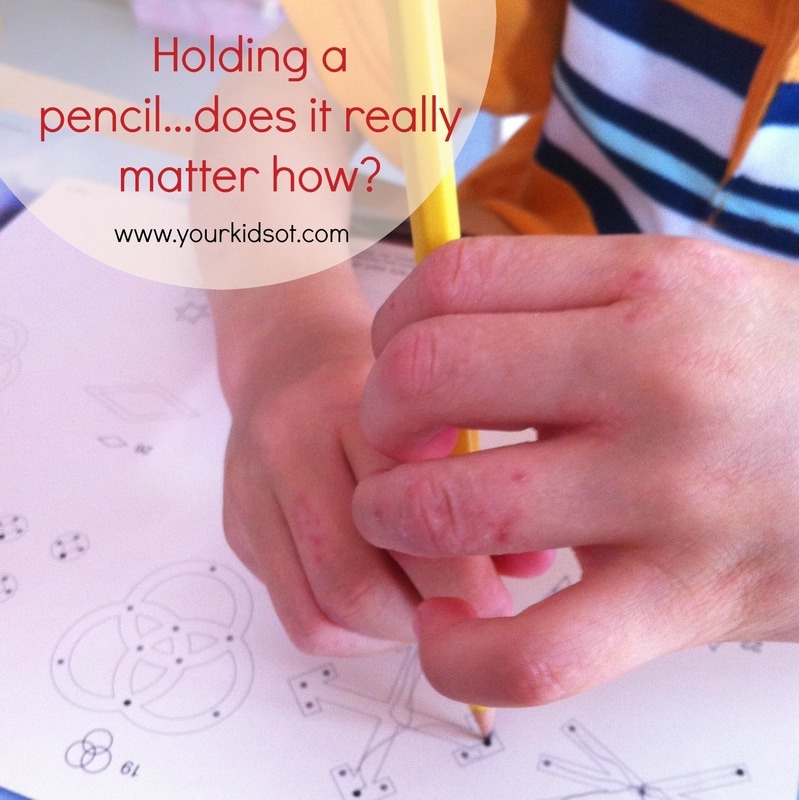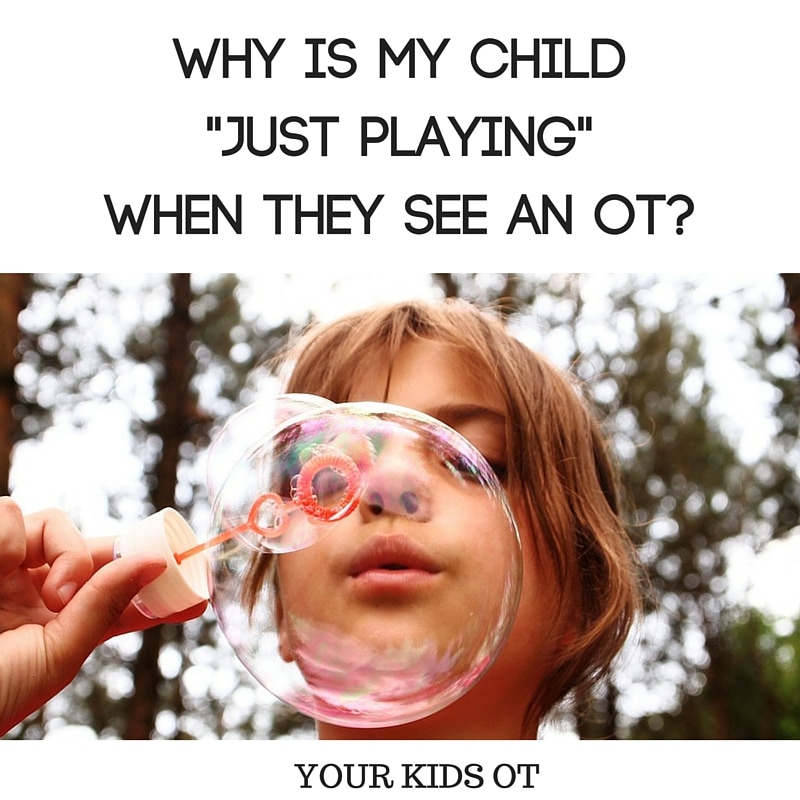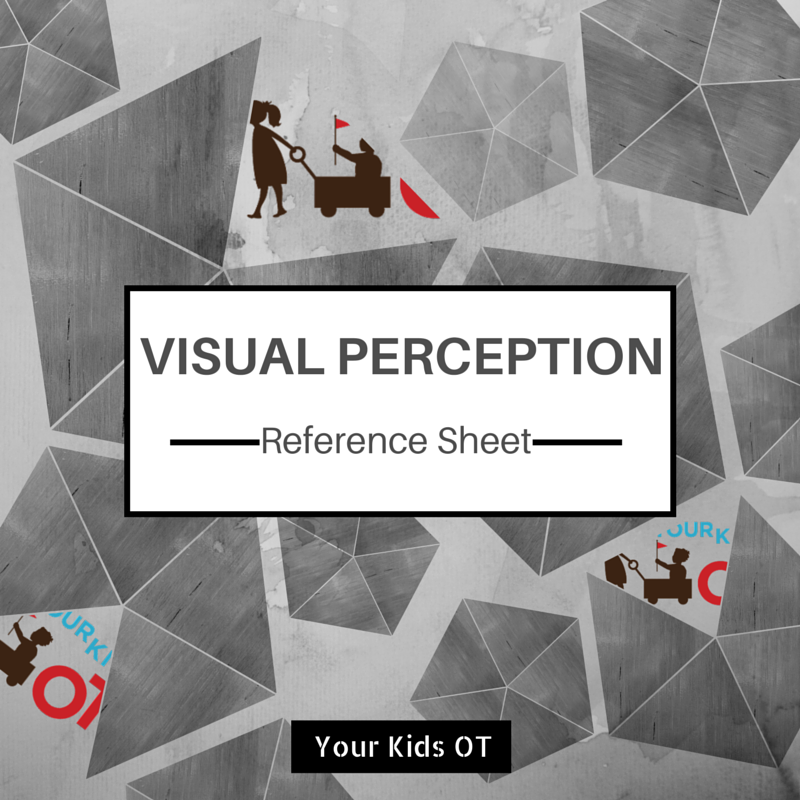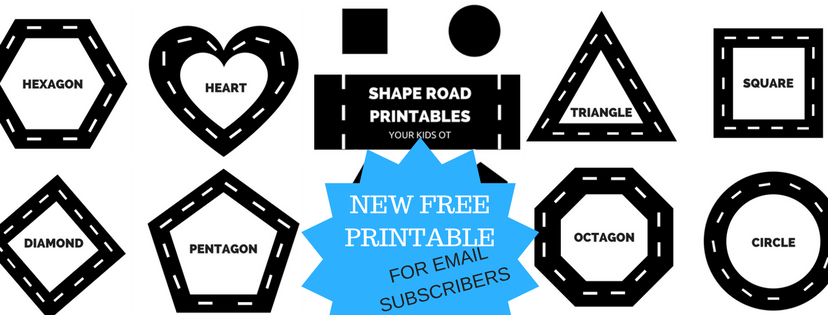|
"5 year old Cody writes so lightly that we can't read his work! He doesn't seem to know how hard to push on the pencil and is just not interested in writing or drawing!"
Cody's mum is confused because he loves playing with Lego and didn't seem to have a problem with his fine motor skills. She is worried that he is just not going to cope with "big school" and all the writing that needs to happen there. Too little pencil pressure! Why do some children press "too lightly" when writing? 1. Sensory Processing or Modulation Difficulties. Everyday, we receive information from our senses through our eyes, nose, mouth, ears, skin and joints. We use this information to interact with the people and the environment around us. Each of us process this sensory information in different ways and our brains need to organise this information so that we can function in everyday situations such as in the classroom, at home or the playground. Proprioception is our "sense" which informs us of about our own body, how our body parts relate to one another, how much our muscles stretch, the speed of our movement in space, our timing as well as the amount of force our muscles produce.* Poor body awareness and proprioception may result in difficulties manipulating objects such as pencils for writing. Children may have a weak grasp and have difficulties grading the amount of force to apply (ie. too much or too little pressure to the pencil). An over responsive child may avoid the "feel" or touch of objects. They may avoid or lightly "hold" pencils or other writing tools. This makes it difficult to apply adequate pressure to the page when writing or drawing. A child with poor registration may have difficulty "registering" how the pencil feels in their hand. They don't know how to control the pencil and it is not an extension of movements made by the hand. 2. Weak Hand and Finger Strength Children with weak hand and finger muscles may have difficulty grasping a pencil effectively or for a sustained period of time. They may have difficulty applying enough pressure, write quickly enough, write for a long enough duration or write enough on the page. These children may swap hands regularly or just drop the pencil for "no reason". Read more about hand and finger strength in a recent article.
Tried and Tested OT tricks when a child presses "too lightly" when writing!
OT intervention for pencil pressure provides a child with ways to be aware of their pencil pressure, practise techniques to increase their force when it is too light and provides ways to compensate when they struggle to grade their movements. 1. PREPARE THE BODY FOR WRITING Before running a race, we need to prepare our body by training our muscles. We need to stretch, practise aspects of the race, be aware of the environmental conditions and know what is involved with running the race. In handwriting, we need to also prepare the body and understand what is required. Activities which provide "heavy work" or proprioceptive input to skin, muscles and joints can prepare the body for writing. This may include hanging from monkey bars, jumping on the trampoline, wiping a whiteboard clean or lifting school chairs onto the table. Find more"heavy work" ideasHERE. There are also ways to increase the "heavy work" and proprioceptive input to fingers and hands prior to writing. This may include squeezing some play dough, using tongs or tweezers to transfer items or doing a variety of finger exercises. Find my ideas for "heavy work for little fingers" HERE and if you didn't link over to my recent article about building hand strength, then you can find that HERE for more ideas for preparing hands for writing . 2. HELP CHILDREN TO BE AWARE OF THEIR PENCIL PRESSURE a) Change the Writing Tool
3. HELP CHILDREN TO INCREASE THE PRESSURE APPLIED TO THE PAGE a) Change the Writing Tool
4. HELP CHILDREN TO COMPENSATE FOR NOT APPLYING ENOUGH PENCIL PRESSURE. a) Change the Writing Tool
Are you concerned about your child applying too MUCH pressure on the page? Is your child breaking pencils or pushing so hard they make holes in the page? Read "Why Your Child Presses Too Hard When Writing" from Miss Jaime OT!
What are your tried and tested tricks for helping children who have difficulty with pencil pressure? How would you advise "Cody's mum"?
* Kranowitz, C. S. (2011). The out-of-sync child: recognizing and coping with sensory processing disorder. Place of publication not identified: Paw Prints.
You may also like:
Scissor Skills, what is the point? Why bother?
Have you been receiving my emails about THE SCISSOR SKILLS BOOK and being wondering, why even teach kids to cut? Some children love creating and experimenting. They love picking up scissors and cut anything they can get their hands on. They love craft and collages. And yet... There are some children who may have scissors presented to them at home, in their child care setting or at school... and yet never choose to pick those scissors up and try them! Just an aside... did you ever sit in algebra class in school and wonder "what is the point of this?" or may be for you it was studying Shakespeare or reading Jane Austen (although our friendship will be tested if you say this is you), for others it is sport... What is the point? Why bother? I'm all about practical! What is the point of using scissors? Why both teaching scissor skills? It is so beneficial when teaching a skill, to show the practical ways that these skills may be used. How can this skill be applied to everyday life? What is the point? What is the purpose? Why? 10 Practical Ways to Teach Scissor Skills to Kids! 1. By example! For children, it is important for them to see YOU using scissors! They may watch you cutting up a BBQ chicken, cutting up material for sewing, cutting a string to tie a package, cutting/pruning the garden, cutting a pizza into slices, cutting nails with nail scissors, cutting flowers to put into a vase... and the list goes on.
Now over to the kids to try their hand at using scissors for themselves in every day activities.
2. Use scissors to open packaging. Open packaging for cookies, crisps, candy, new pyjamas, envelopes or a new game. 3. Use scissors to gift wrap. Involve your child in gift wrapping for all those birthday parties they are invited to. Involve them in choosing the wrap, ribbon, tissue paper or cellophane. Have them manipulate the scissors to cut the paper. Draw a line for them to cut and fold the paper at the same point. Early scissor users can do the "snip" required to cut ribbon/string. 4. Use scissors to cut off price tags or clothing tags from new purchases. An easy "snip" to cut off these tags. They will be motivated especially if the new item is for them, however it is also great when the new item is a gift which is then wrapped for a friend or family member. 5. Use scissors to cut larger paper so you can make note paper. You could turn this into a game of "postman" by making simple cardboard "post boxes" for members of the family. Have your child cut large paper into pieces depending on their ability. You could start with a snip off a long strip or fold the paper to create "shapes" such a large triangle. Alternatively the note paper could be used to write down a shopping list or things to do list for your child. 6. Use scissors to cut wax or grease proof paper from a roll to wrap a sandwich. Have your child help to cut kitchen paper and them wrap their sandwich or roll. 7. Use scissors to cut sticky or masking tape. Leave the dispenser aside and have your child make the "snip" to cut sticky tape or masking tape. 8. Use scissors to cut out a clipping from a magazine or newspaper so it can be kept. You could find things of interest to your child (eg. they might love dogs) or you might pick a theme like colours, shapes, textures to find and cut out. Depending on your child's ability, you may want to draw a shape around the image for cutting. You could also cut out interesting "letters" from the newspaper to spell out words or names! 9. Use scissors to cut up old receipts (or paper grocery bags). Put the "shredder" aside and have your kids help to "cut up" old receipts or documents! There is no "right" or "wrong" with this sort of "cutting"! Place all the "cuttings" in the recycling bin or use the cuttings to make a sensory bin (slowly adding it each time there is "cutting practise") where you can hide objects to find. 10. Use scissors to cut out "coupons". Some households cut out and collect "coupons" more than others. Even if you are not one who would normally cut out coupons, this is an excellent way to encourage scissors skills in a practical way. Coupons are usually rectangular or square in shape (not always) so they are the perfect shapes to work on manipulation of the page (turning). Using scissors is a complex skill that we take for granted as adults. Would your child be more "engaged" with learning how to use scissors when shown how they are used in a practical context?
Next week, we look at how to help children who have difficulty with their "pencil pressure" when they are writing!
I hope you join me again!
Disclosure: Affiliate links are included in this article to promote products that I recommend. This means that if you follow through with a purchase from these links, Your Kids OT will receive a percentage of the sale. Reviews and endorsements of products will only be made based on my expertise and personal opinion; and deemed worthy of such endorsement. The opinions shared in sponsored content will always be my own and not that of the advertising company or brand.
You may also like:
Ever have an arm wrestle? or pulled in a "tug of war"? or have you tried indoor rock climbing?
These activities all require a significant amount of upper body, hand and finger strength. We might not all win arm wrestles ... but we all require adequate strength in our arms, hands and fingers to perform daily activities. Children need adequate hand and finger strength to carry out their daily "jobs" such as writing, using scissors, doing up buttons and using a knife and fork. When muscles in the hands are strong, children can hold tools for longer and use them more efficiently. If a child has weak hand muscles they may tire quickly (giving up) or swap hands (to give the other hand a turn). In using scissors, they may have difficulty opening and closing their hand adequately to cut the page or drive their scissors forward. In using a knife and fork, children with weak hand muscles may not be able to apply adequate pressure to stabilize or cut the food properly. In handwriting, children with weak hand muscles may have difficulty applying pressure to their pencils or they may not be able to write as much as others. Some children may have poor hand and finger strength due to low muscle tone, developmental delay or a neurological condition. There are sometimes no known cause for a child's hand weakness, however medical advice should be sought if you are concerned. Activities which help with the development of strength involve some weight bearing or resistance. They involve pushing or pulling and may also be considered "heavy work" when looking at a sensory diet. Read more about sensory diets here. You could try the following activities to encourage the development of strength! Upper Body Strength and Stability(hands, arms and shoulders).
Hand and Finger (Pinch) Grip Strength
For even more suggestions for building hand strength read more pincer grip ideas here! Read about heavy work for little fingers HERE!
These hand strengthening activities are a great way to get hands ready for handwriting, scissor skills and more!
Does your child struggle with the strength needed to carry out daily "jobs"? Are they constantly "swapping hands"? What is your favourite way to help develop hand strength?
Disclosure: Affiliate links are included in this article to promote products that I recommend. This means that if you follow through with a purchase from these links, Your Kids OT will receive a percentage of the sale. Reviews and endorsements of products will only be made based on my expertise and personal opinion; and deemed worthy of such endorsement. The opinions shared in sponsored content will always be my own and not that of the advertising company or brand.
You may also like:
MESS FREE? ✔
EASILY TRANSPORTED? ✔ FUN AND ENGAGING? ✔ MORE THAN ONE THERAPY GOAL? ✔ This activity ticks all the right boxes for a mobile occupational therapist! Have you heard of Q-tip painting? (Q-tips are also called "cotton tips" in Australia and are usually found in the personal care section of a supermarket). Q-tip painting has been quite popular in the last few years with Q-tips used as paint brushes dipping into paint and making "spots" onto various printables available. Last year, I put together my Q-tips and my ink pads... creating Q-tip stamping! It was a hit with my kids; providing the same fun engaging activity without the MESS! This is why I love Q-tip stamping!
This is an activity that would well in a classroom, at home or in an OT session! You could shrink down the pages and turn them into a card or display the finished pictures!
Have you tried Q-tip STAMPING before? Do you have other mess-free activities that you use in therapy sessions? If you try this activity for yourself, I would love to see it! Tag #yourkidsot on Instagram or email me at cindy@yourkidsot.com Don't forget to download yourFREE EASTER Q-TIP PRINTABLE HERE!
You may also like:
Last week we looked at the gross motor skills involved with page stabilization. If you missed it, catch up on it here (Gross motor skills needed for page stabilization during writing)!
But what if your child is still struggling to hold their paper whilst they write or draw? I was recently introduced to the Stay Put Mat: Non Slip Writing Aid! The Stay Put Mat:Non Slip Writing Aid was designed by a mom to help manage slipping papers on a table. The Stay Put Mat:Non Slip Writing Aid consists of a magnetic frame made on a non-slip base. It is durable and lightweight and easy to transport around (so important for a mobile OT)! I have been testing the Stay Put Mat:Non Slip Writing Aid in my OT sessions and these are my favorite ways to use this non-slip mat!
I especially love how the page does not get marked with use in the Stay Put Mat. There are no tape marks or blue-tak stains. There are no rips, tears or creases either!
Who would benefit from use of the Stay Put Mat:Non Slip Writing Aid?
The Stay Put Mat:Non Slip Writing Aid provides an innovative attractive way to compensate for difficulties with page stabilization. It would benefit:
Occupational Therapists will find this mat invaluable! For more information bout the Stay Put Mat: Non Slip Writing Aid, visit the website "STAY PUT MAT"! Have you tried this mat?
Disclosure: This product was gifted to Your Kids OT for the purposes of a review. Reviews and endorsements of products will only be made based on my expertise and personal opinion; and deemed worthy of such endorsement. The opinions shared in sponsored content will always be my own and not that of the advertising company or brand.
You may also like:
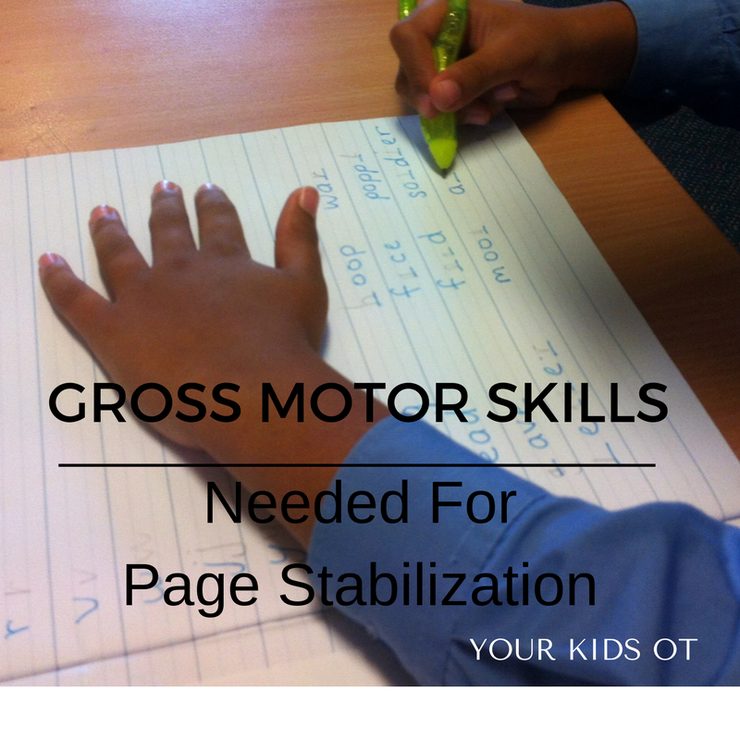
Affiliate links are used throughout this website to promote products I love and recommend. I receive a commission if any purchases are made through these links. Please see my disclosure policy for more details.
Put your left hand on the page and have your right hand do the "writing".
Hold the page not your head. Don't let your page wiggle! Do these phrases sound familiar to you? There are some kids who can't seem to hold their page still on the table. The paper flies off the table, moves as it is being written on or even gets crumpled under their hand. This makes drawing and writing really tricky! Ideally at the table, children use their dominant hand to hold a writing implement and use their non-dominant hand to stabilize the page they are working on. They provide just enough pressure so that the page does not move. The dominant forearm also rests on the page with their fingers and hands controlling the pencil. Did you know that the ability to stabilize a page on the table may be due to core muscle weakness, poor bilateral coordination and poor shoulder stability? How??? Core Muscle Weakness Core muscles can be considered "as the sturdy central link in the chain connecting your upper and lower body".* Core muscles describe both the muscles which assist with stability as well as those which enable trunk movement. ** What you might see in the classroom:
Core muscle strength can be developed through a wide range of activities. Organized sports such as swimming, basketball, gymnastics etc will assist with fitness and regular strengthening activities. Children can also develop core muscle strength through traditional exercises such as sit ups, push ups, holding a plank position, squats to stands, etc. Through play activities, children can build core strength without realising it. These might include using a hula hoop, pushing heavy wagons, crawling through tunnels, climbing on ropes, jumping on a trampoline, pulling a sibling on a towel, an obstacle course of pillows, relays in the yard picking up various objects to carry, riding a bike, etc. Bilateral coordination Bilateral coordination/integration is the ability to use both sides of the body at the same time in a coordinated way. What you might see in the classroom:
Read more aboutbilateral coordination HERE or obtain a copy of the bilateral integration reference sheet with over 50 activity suggestions HERE !
Shoulder Stability
Shoulder stability refers to the ability to contract (pull together) the muscles on either side of the shoulder joint to hold the shoulder steady. This allows the arm to be held in different positions while the forearm and hand do an activity. *** What you might see in the classroom: A child with poor shoulder stability may use their whole arm to control their pencil rather than using their fingers.
Shoulder stability can be developed with tummy time and crawling (for all ages)! Read more about this HERE! For further activity ideas to assist shoulder stability have a look at OT MOM LEARNING ACTIVITIES SHOULDER GIRDLE EXERCISES FOR KIDS! Do you have a child who struggles to stabilize the page on the table during writing? Do they have difficulties with any of these gross motor skills?
Disclosure: Affiliate links are included in this article to promote products that I recommend. This means that if you follow through with a purchase from these links, Your Kids OT will receive a percentage of the sale. Reviews and endorsements of products will only be made based on my expertise and personal opinion; and deemed worthy of such endorsement. The opinions shared in sponsored content will always be my own and not that of the advertising company or brand.
References:
* Publications, H. H. (n.d.). The real-world benefits of strengthening your core. Retrieved February 07, 2017, from http://www.health.harvard.edu/healthbeat/the-real-world-benefits-of-strengthening-your-core ** Khadir, S. A., Knight, K., Bras, S., Rhule, V., & Pagare, V. Core stability - Physiopedia, universal access to physiotherapy knowledge. Retrieved February 7, 2017, from http://www.physio-pedia.com/Core_stability *** Royal Children's Hospital Melbourne, 2005. Occupational Therapy Kids Health Information: Shoulder Stability and Control. Retrieved February 07, 2017, (n.d.) from http://www.rch.org.au/uploadedFiles/Main/Content/ot/InfoSheet_F.pdf
You may also like:
How does your child hold their pencil? How do you? Does it really matter how the pencil is held? Well the last question was the subject of my very first blog post and you can read that HERE!
Some of the main aspects of pencil control come from how the pencil is held and how it is manipulated whilst in the hand. Ideally occupational therapists are looking for the following features when it comes to pencil grasp:
Here is a quick "trick" to help with the position of the pencil! This "trick" (or hack - I don't like the word hack though) is for those kids (and adults) who rest their pencil across the index finger rather than in the web space. This "trick" will help move the pencil into the web space whilst your child "pinches" it near the nib (where the pencil shaving meets the pencil cover). This "trick" encourages a more dynamic pencil grasp and open web space. What to do?
Considerations!
Have you tried the "elastic band trick"? Do you know a child who might benefit from trying this?
I’m excited to report that The Handwriting Book has already reached hundreds of people so far this week!
Thank you for wanting to learn more about how to support handwriting development in kids and for being excited about using new handwriting strategies and ideas in your home, classroom, or therapy practice. Would you like to know more?? Who is The Handwriting Book for - therapists, teachers, or parents? The answer is...all of the above! The information in this book is perfect for parents who are trying to support their kids in the development of handwriting skills. Therapists will love having all of the handwriting information, tips, and strategies they need right at their fingertips as they work with kids and write evaluations and goals for the students on their caseloads. The Handwriting Book is also great for teachers who are looking for information and ideas to support handwriting development in the students in their classrooms. Can I get a print copy of The Handwriting Book? Not quite yet...if we continue to get a lot of requests for a print copy of the book, we may consider adding an option to purchase the book on Amazon in the future, but for now, the book will be available only as a pdf format ebook. What was your contribution to The Handwriting Book? The Handwriting Book is the result of a year long collaboration between 10 dedicated therapy bloggers who are all experienced pediatric therapists from across the globe! We have each written a contribution to the book and have worked together to bring you this unique reference. We have been working to bring you our knowledge, experience, tips and tricks ... creating the ultimate guide to handwriting! The Handwriting Book will provide you with evidence based practice as well as tried and tested practical tips! The Handwriting book covers:
More questions or comments about THE HANDWRITING BOOK? Just comment on the blog or email me. Don't forget to use #thehandwritingbook on social media when commenting about the book! Do you have a favourite "therapist tip" from the book?
Get 25% off with the discount code: HANDWRITINGHELP1
**Valid until 29th January, 2017 ** DON'T FORGET THE FREE PRINTABLES ARE NOW AVAILABLE UNTIL THE 29TH JANUARY, 2017! GET YOUR COPY TODAY!
Thank you again for those who have supported me with the purchase of this new e-book! I really hope that you find it a useful resource that you will continue to refer to again and again!

CindyChuan is a registered Occupational Therapist practising in Sydney Australia. She has two young children who are a constant source of inspiration and learning. Cindy loves working creatively to help children to reach their potential, finding opportunities in everyday living and making learning fun.
Cindy is the author of the Occupational Therapy blog Your Kids OT.
More great tricks:
Wow, what a lovely craft!
The craft had a photo of Miss 4 years on an elf body, with paper concertina arms and legs. Did you make that (Miss 4 years)? Um no, I did the folding! The sheepish teacher admits to me. This situation greets me more often than not and it prompted me to write this post. With school resuming in Australia very soon, this article is for teachers! If you see your teacher "guilty" of these things maybe you can prompt them with "why"? Also note, when I say "teachers", I'm also talking to OTs and parents who may also be "guilty" of these things! 1. Teachers PLEASE don't do the craft FOR your kids! This is my top gripe with preschool and school teachers. Kids do not need or want insta-worthy craft! Parent's don't want to see YOUR crafting skills (even if does make the classroom look beautiful). Kids need opportunities to snip, cut, rip, glue, fold and to make mistakes! They need to have craft opportunities where they can learn about spatial relationships (even it means legs are coming out of heads, arms are different lengths and tongues don't curl properly). Painting outside the lines means they can work out where things are in relationship with themselves. Manipulating glue stick lids or squeezing the PVA glue are opportunities for fine motor and hand strength development. Early opportunities for snipping and cutting will lead to smoother cutting and better manipulation of the paper with practise. Folding those paper planes and flying them, kids will learn that more accurate folds make better planes and should practise these fine motor skills. Rolling, tearing and scrunching paper are so important for bilateral coordination and fine motor development. At home, provide lots of craft materials for your kids to create, experiment and learn! You may not be "crafty" yourself or even like the finished product that your child produces (lets be honest here)... but it is not actually always about the finished product. Allow your child to work through the process. Need some ideas? Check out my "homemade arts of craft section". Each craft here is designed to be done by kids (with minimal help from adults). 2. Teachers PLEASE don't sharpen pencils for your kids! I'm sure this is a time saving thing, but teachers why not provide ordinary pencil sharpeners in the classroom?! They don't even make a mess as they have little containers to catch the shavings. I don't mean to be patronizing but I would love to see more pencil sharpeners in preschool classrooms especially. What an easy natural way to work on bilateral coordination and fine motor manipulation. So much of the "turning" action when sharpening a pencil is made by the thumb and index working together. What a perfect "pre-writing" activity! If your child is using their whole hand to turn the pencil, encourage them to do this with the thumb and index finger - it may take practise! As OTs we come up with exciting and creative ways to work on these skills, however such a simple thing as sharpening pencils regularly will help your kids to develop these skills! I may be including "pencil sharpening" as homework this year for my OT kids! Make sure you encourage your child to do this at home too! You will be surprised with how quickly your child might say "my hand is tired" as they are not used to using these muscles.
3. Teachers please don't expect good handwriting if your child is sitting in a plastic garden chair!
It has been a few years now since I worked in a school where the standard chair for students was a cheap plastic garden chair with arms rests. These chairs were horrible for posture at a desk. The arm rests did not allow the chair to go under the tables, the child was either sitting back in a slouched position or sitting right on the edge at the front of the chair so they could rest their arms on the table. The chairs easily tipped and were difficult to move in and out of the table. Other schools may not be as bad with the chairs provided, however I do want to remind you that posture is important. Children should be able to comfortably place both feet on the ground and the table should be slightly higher than their bent elbows without elevating their shoulders. Children should also have enough space so they are not "on top of" the child sitting next to them. Check your tables and chairs at home too! Check where your child may be doing any "table top" work. The dining table may be a great option but often kids have their legs dangling and their arms are uncomfortable as shoulders are elevated so that they can reach. Small children may work better at a coffee table whilst sitting on an ottoman or cushion. You may want to invest in an adjustable table and chair that grow with your child. You will find out the importance of posture and gross motor skills in "THE HANDWRITING BOOK" which is currently being launched! Apply the launch week discount code: HANDWRITINGHELP1
4. Teachers please don't take away writing lines too early!
Removing writing lines too early is like removing the lane marks on a road and expecting people to drive within the imagined lanes accurately. Some people can do it, but many can't! (OK - A slight exaggeration but you get the picture!) Writing on lines provides children with a visual guide as to how to position letters. They can work out the size of letters and how they are positioned in relation to each other within a word and a sentence. When you remove the lines, kids need to be able to visualize how tall letters need to be and even how to write in a straight "line". Yes they need to know how to visualize this themselves - but at what age? Often when I see children in year 1 or 2 or even older who have handwriting legibility difficulties, I need to give them the "lines" back to help with the visual spatial and organisational skills. I use my "earth paper" to provide a strong visual guide and then we work back to needing less lines. You could also use grid paper to help with organisation and spacing. 5. Teachers please don't punish kids by making them sit still or keeping by them in from recess or lunch. Research shows that kids need opportunities for movement, exercise and fresh air. The American Academy of Pediatrics (2012) make the following recommendations about the need for recess.
In conclusion the AAP state "recess should be considered a child’s personal time, and it should not be withheld for academic or punitive reasons". Any teachers, OTs or parents guilty of some of these things? I love working with my "teacher" friends and colleagues! I count many teachers as very good personal friends! Please don't take this article personally. I did have a good chuckle with the teacher I mentioned in my introductory story! She "knows" where I stand with letting kids do the "craft"! Let's go "BACK TO SCHOOL" in 2017 with a fresh look at how we "help" our children with their development and learning!
This article is part of the 2017 Aussie Back to School Blog Hop!
Read the "back to school" articles here by some wonderful Australian Bloggers! You will find out how the first time school mums are feeling, tips for special needs parents, great lunch box ideas as well as suggestions for those who don't like crunch and sip! Teachers Please Don’t! | Your Kids OT Advice For First Time School Mums From Seasoned Mums and Teachers | The Multitasking Woman 10 simple ways to make school lunches more fun | Kidgredients Teacher Types Top Tips for Going Back to School | Teacher Types Maintaining a Play Filled Routine throughout the School Term | Kids Play Space 5 Must Have Items for Starting Day Care | My Bored Toddler Handling Crunch and Sip with Fussy Kids | Play With Food How to share your child’s special needs with their new teacher | My Home Truths 16 things the school holidays have taught me | Eenie Meenie Miney Mum The Most Important Skills Your Child Needs for School | The Happy Me Shop 101 Sandwich Filling Ideas for Kids | Create Bake Make
Reference:
The Crucial Role of Recess in School. (2012). Pediatrics, 131(1), 183-188. doi:10.1542/peds.2012-2993
*** FREE PRINTABLE NO LONGER AVAILABLE. Undated "All about me" and "All about my Class" can be foundHERE ***
Start 2017 with a FREE printable to document "All about Me" and "All about my Class". These sheets are perfect for the classroom or for an OT session. You could even do this at home. The "All about Me" printable includes a place to draw a selfie, write your name, record your age, grade and teacher's name. You can also write in the colour of your hair and eyes as well as your favourite food, book and colour. There is a place to write what you like to play and who is in your home. Images may be coloured in and words decorated. The "All about my Class" printable could be enlarged and used for the whole class. It could also be printed for each individual child to record the name of your class, school and teacher. You can count the number of boys and girls. Then figure out what colour hair and eyes each student has, recording this on the printable. Images may be coloured and words decorated. Download these FREE PRINTABLES HERE! (2018 NOTE: NO LONGER AVAILABLE) I know teachers and OTs are busy lesson planning during the school holidays for the school year ahead! So share this with your teacher and OT friends! Let me know if you use these in your classroom or OT clinic!
You may also like:
Activity books are not boring!
If your only experience of activity books are the sticker books or maze books that you find in supermarkets then these books will really wow you! Now there is nothing wrong with a cheap sticker book filled with super heroes or fairies (in fact my kids have loved these books), however the books I am recommending today do even MORE than keep the kids busy for a little while. These books will inspire your kids to draw, write and to to create, use their imaginations and learn (in a fun way)! These books do come with a warning label (ok just a precaution from me) that some parent involvement may be required for younger kids. This is actually a huge bonus with side-by-side drawing such a great opportunity for learning, bonding and nurturing. I don't see this as a negative! OK, so what makes these books so good?!
For younger kids:
Journals and Mindfulness
For Older kids:
Would you like to take a quick look inside some of these books? Here is a short video to show you three of the books we are working through!
Don't expect your kids will work through these books cover to cover in one sitting.
I have encouraged my kids to date their entries into these books so that they can pick them up and put them down again. My DD has been working on "712 Things to Draw" with Mr YKOT for several years and that's ok! It is a great way to reflect on how their drawing changes as they grow older and mature. My DS has just started "Make Buildings" with Mr YKOT. Shh don't tell anyone, but my nieces and nephews will be receiving some of these books for Christmas this year! This article contains affiliate links, however I really love these books! Many of the Amazon links will also give you an inside look of the books as well.. Have you seen any of these activity books? What do your kids think?
Disclosure: Affiliate links are included in this article to promote products that I recommend. Your Kids OT is a participant in the Amazon Services LLC Associates Program, an affiliate advertising program designed to provide a means for sites to earn advertising fees by advertising and linking to Your Kids OT. Reviews and endorsements of products will only be made based on my expertise and personal opinion; and deemed worthy of such endorsement. The opinions shared in sponsored content will always be my own and not that of the advertising company or brand.
|
AuthorHi, I'm Cindy and I am an Occupational Therapist. I enjoy working creatively with children to see them reach their potential. Read more about me here. SEARCH THIS SITE
Archives
April 2024
Categories
All
Popular Posts |
Join the YKOT e-newsletter!
Subscribe to get our latest content by email and receive
the SHAPE ROADS PRINTABLE NOW!

Success! Now check your email to confirm your subscription and receive your free printable!
Join our Mailing List!
Subscribe to get our latest content by email and receive
the SHAPE ROADS PRINTABLE NOW as a thankyou!

Success! Now check your email to confirm your subscription and receive your free printable!
Disclaimer: The information on this site is general in nature and should be used for educational and entertainment purposes. The activities are safe for most children, however, you should consult an Occupational Therapist or health professional to address specific movement, sensory or other medical conditions. This blog does not replace formal therapeutic professional advice given by a health professional or medical practitioner. Reviews and endorsements of products will only be made based on my expertise and personal opinion; and deemed worthy of such endorsement. The opinions shared in sponsored content will always be my own and not that of the advertising company or brand. Content, advertising space or posts will be clearly identified if paid, affiliated or sponsored. Affiliate links may be found throughout this website in advertising. This means that if you follow through with a purchase from these links, Your Kids OT will receive a percentage of the sale. Your Kids OT undertakes to meet the requirements of the "Social Media Policy" as published by Australian Health Practitioner Regulation Agency (AHPRA). Further information about this policy can be found here.
Find meFollow me |
About me
AuthorHi, I'm Cindy and I am an Occupational Therapist. I enjoy working creatively with children to see them reach their potential. Read more about me here. |
Copyright © 2017 Your Kid OT

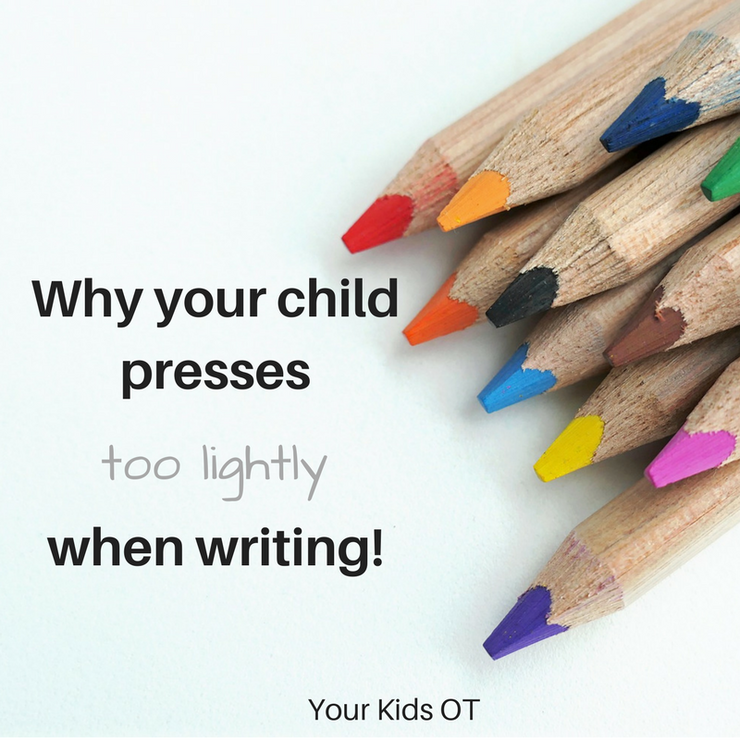
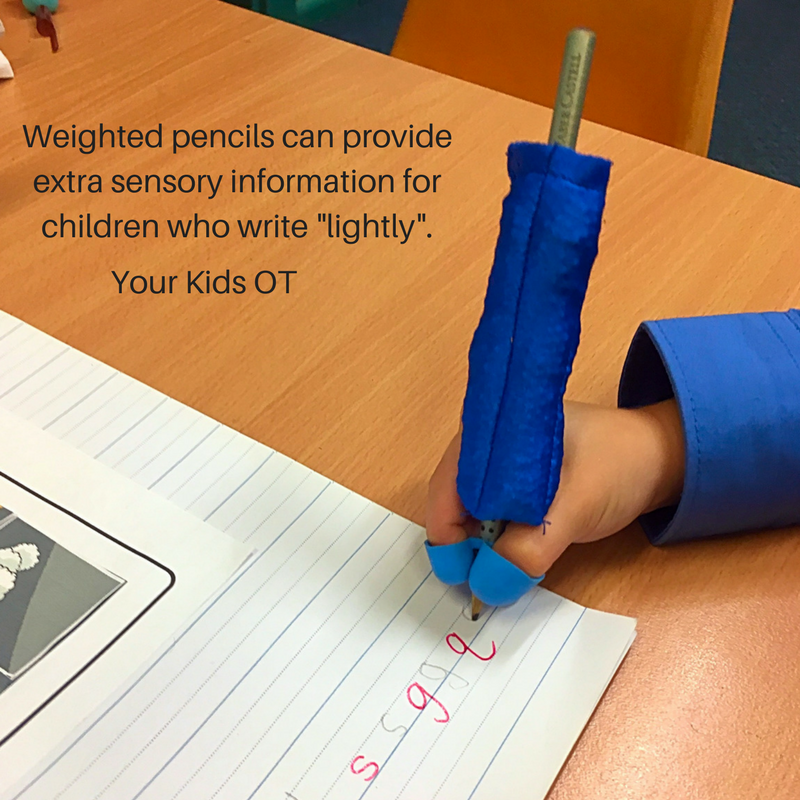
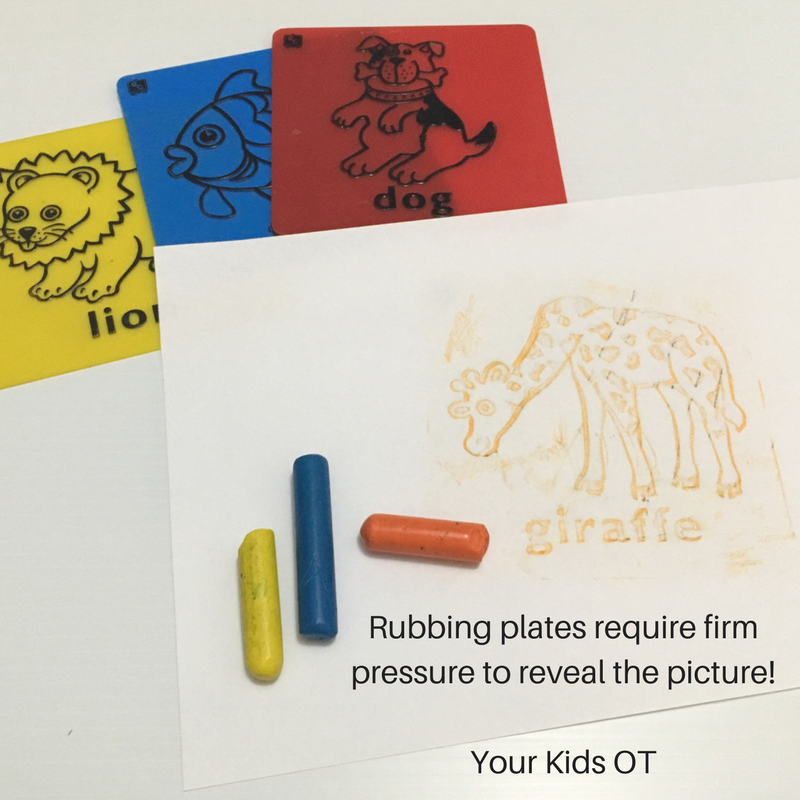

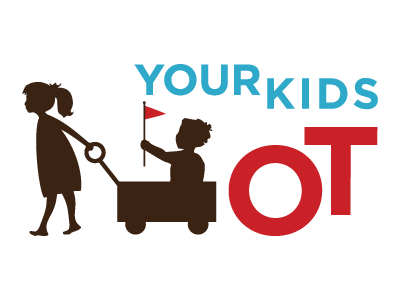
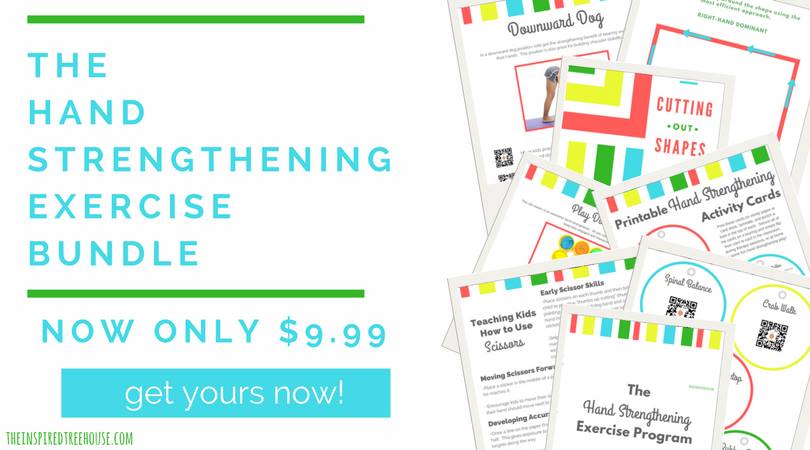
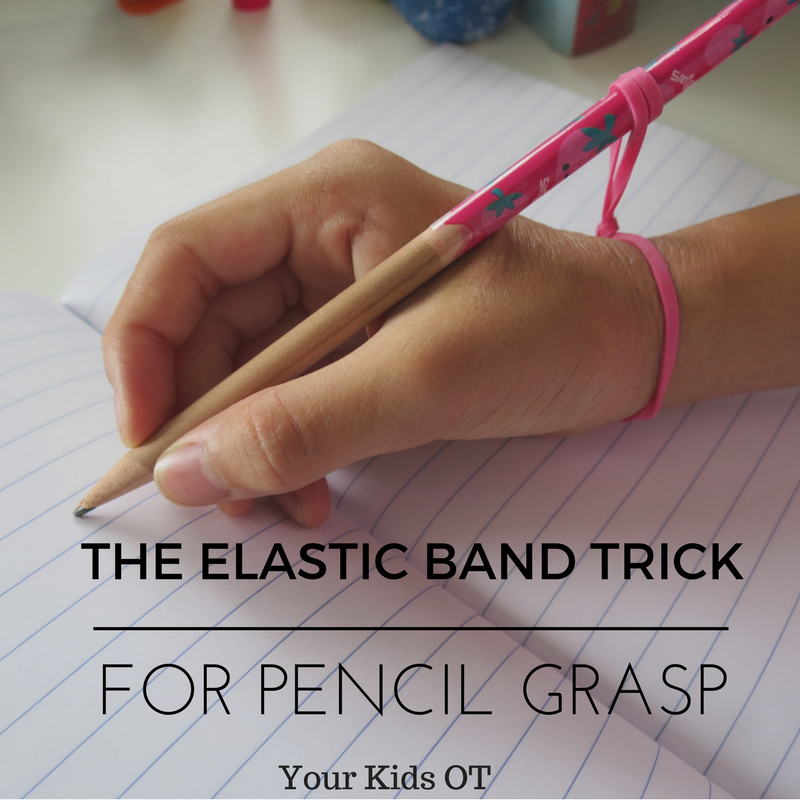
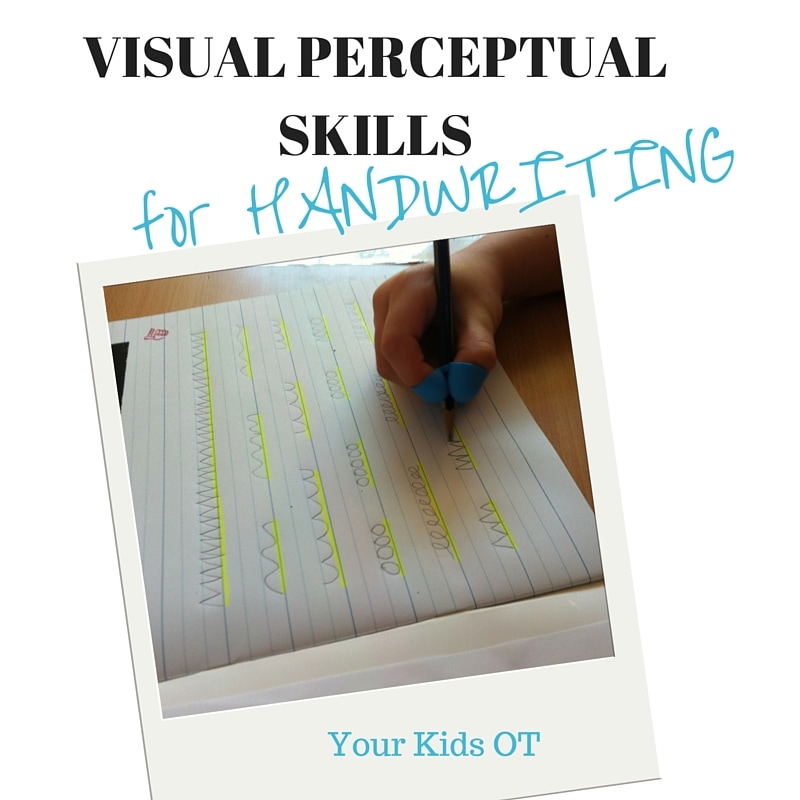
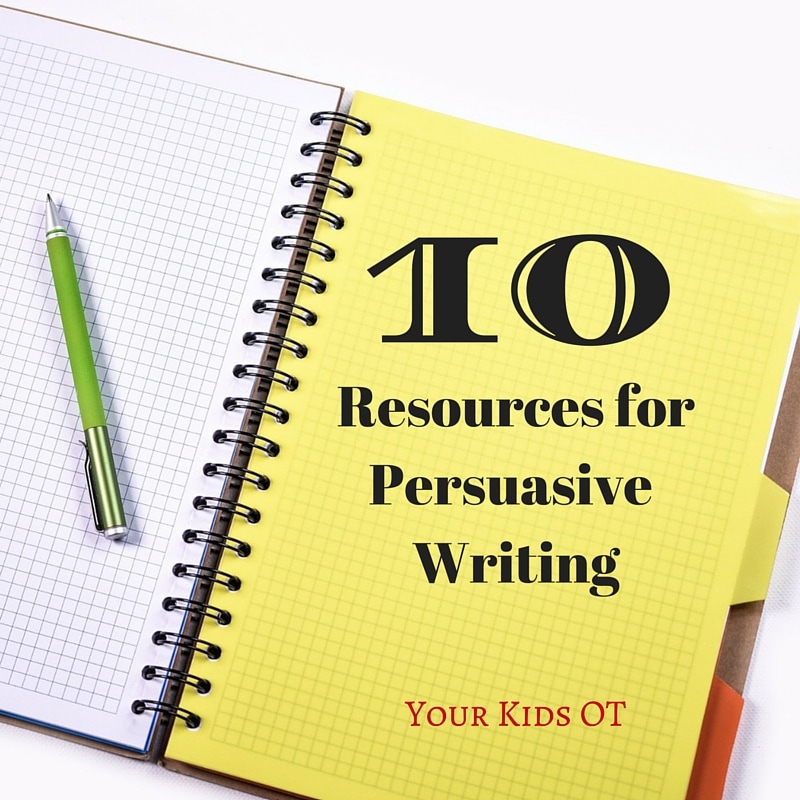
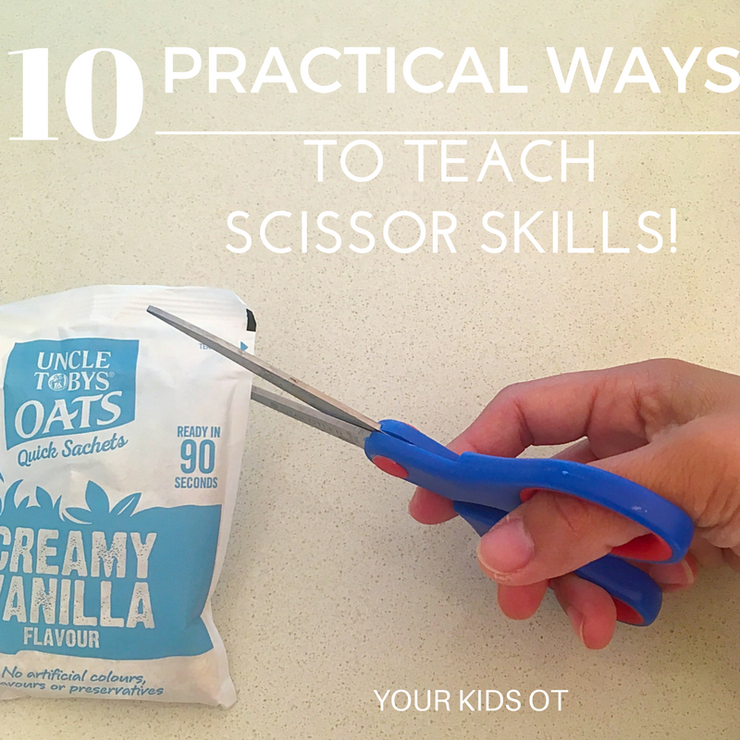
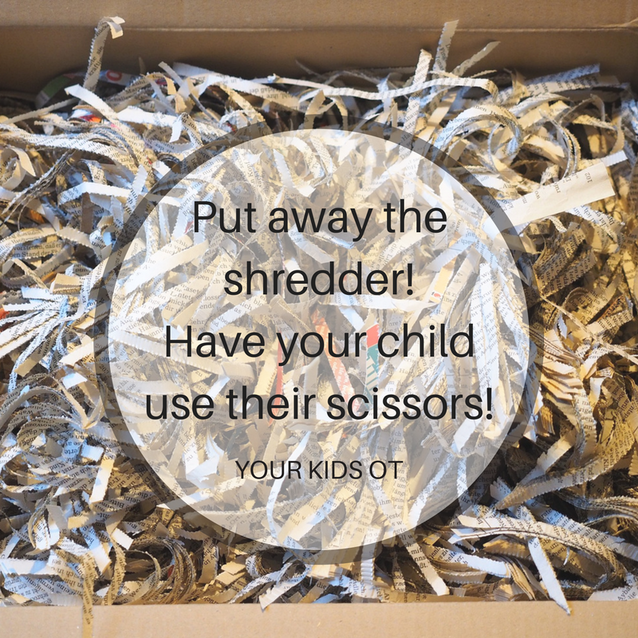


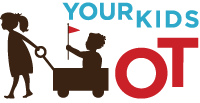
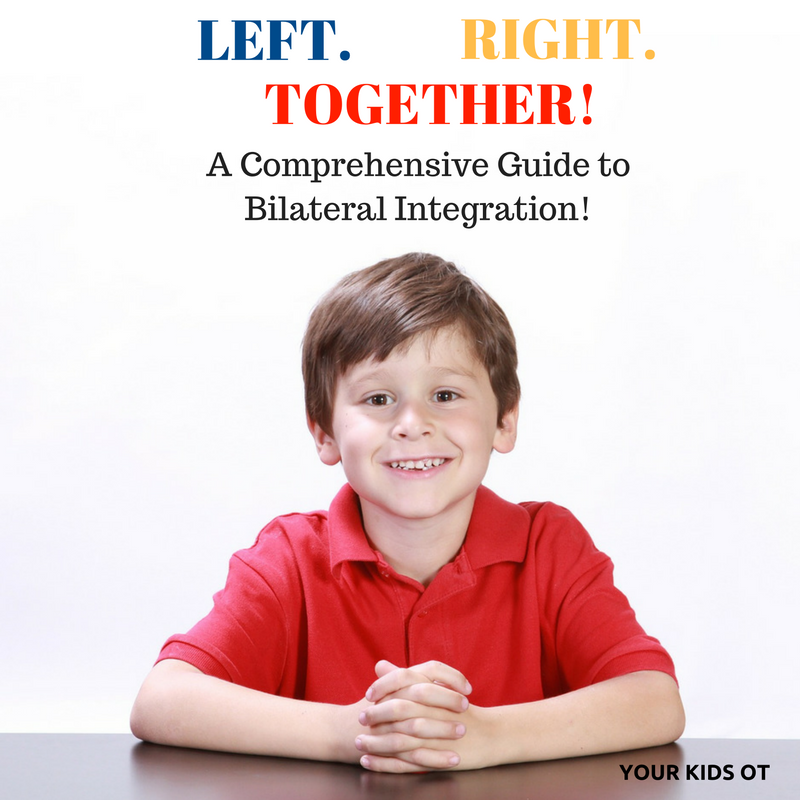
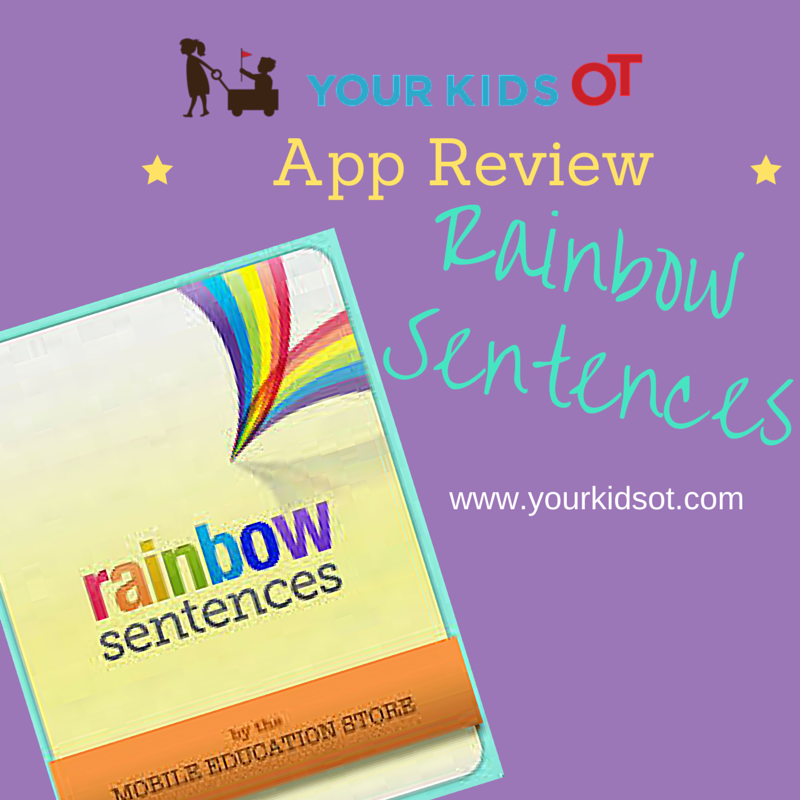
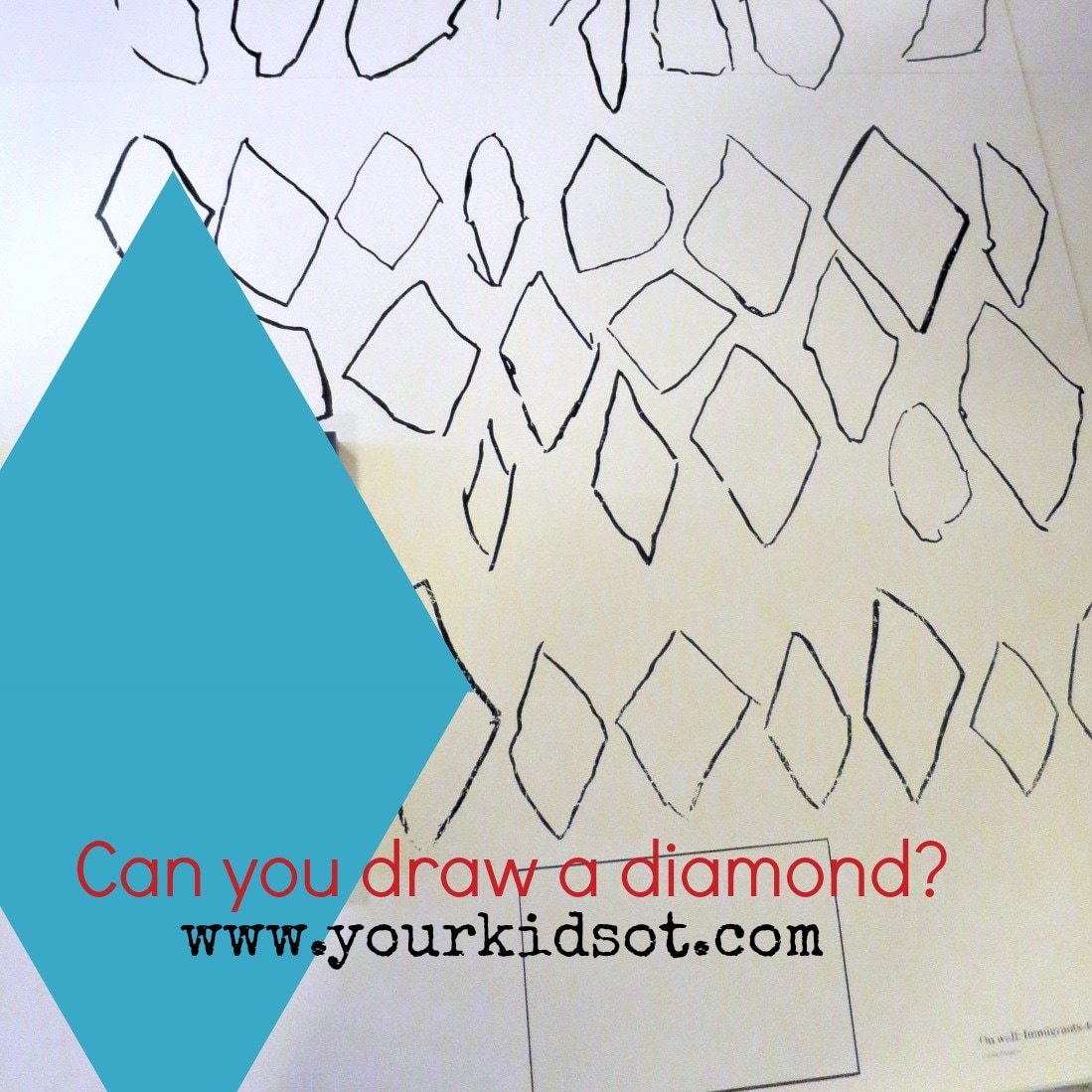
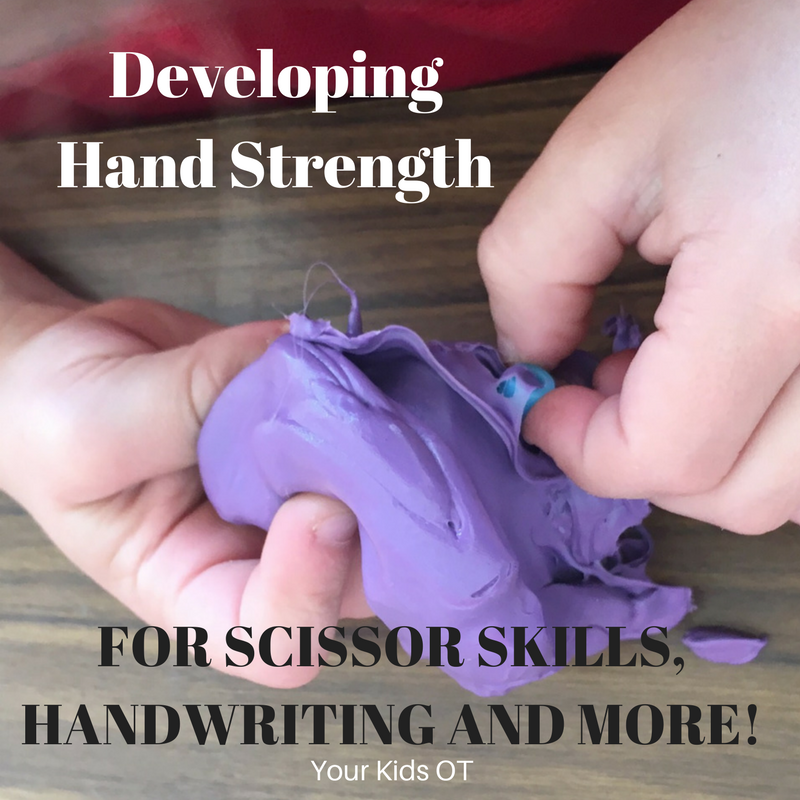
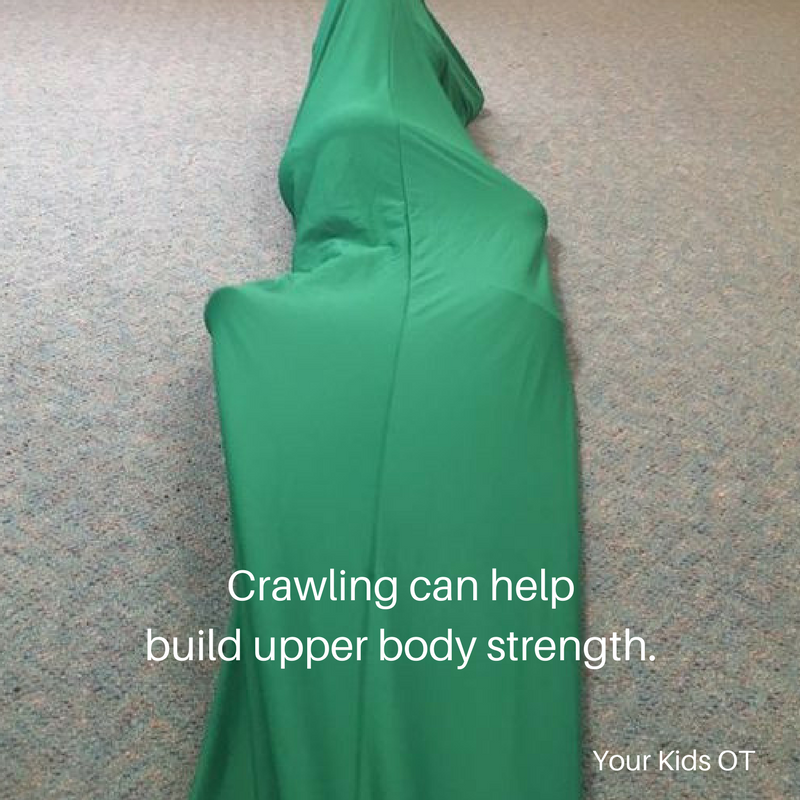
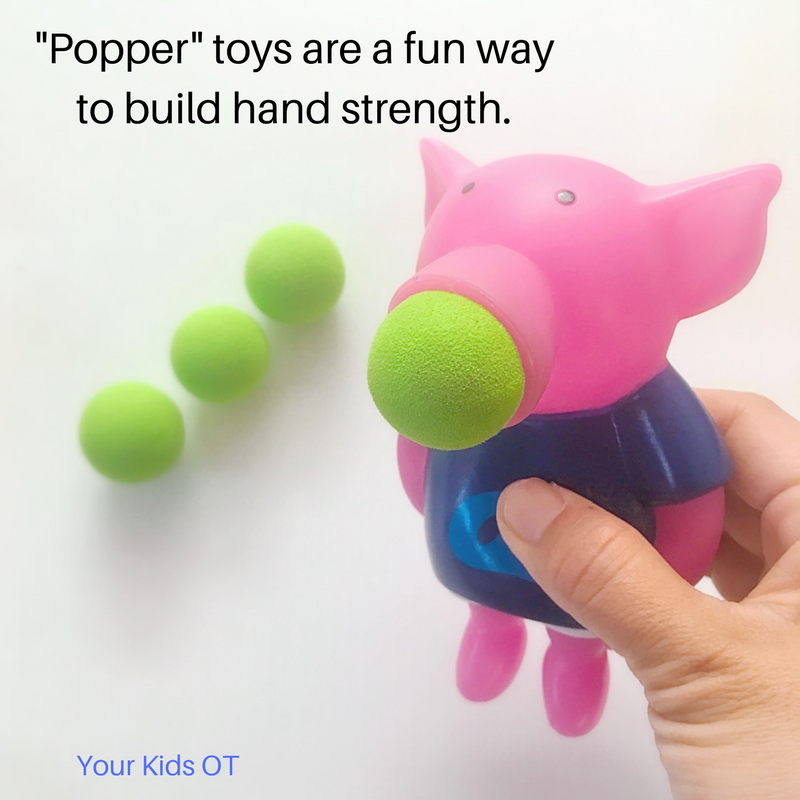

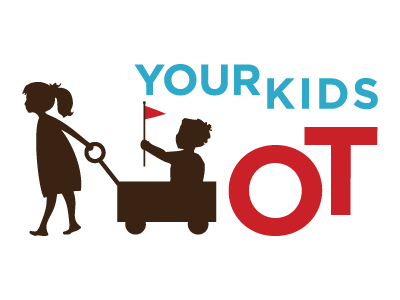
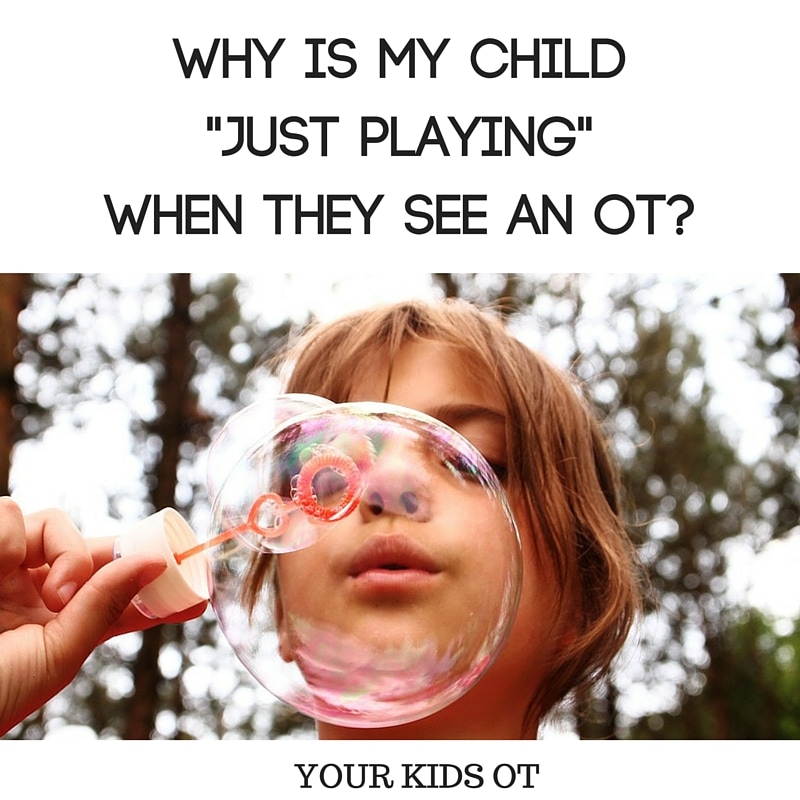
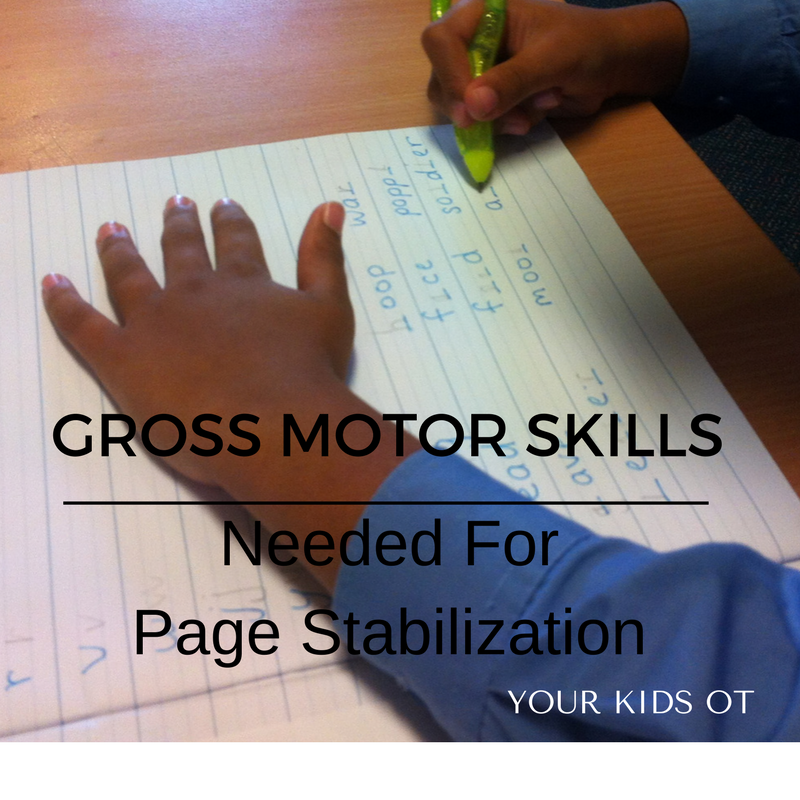
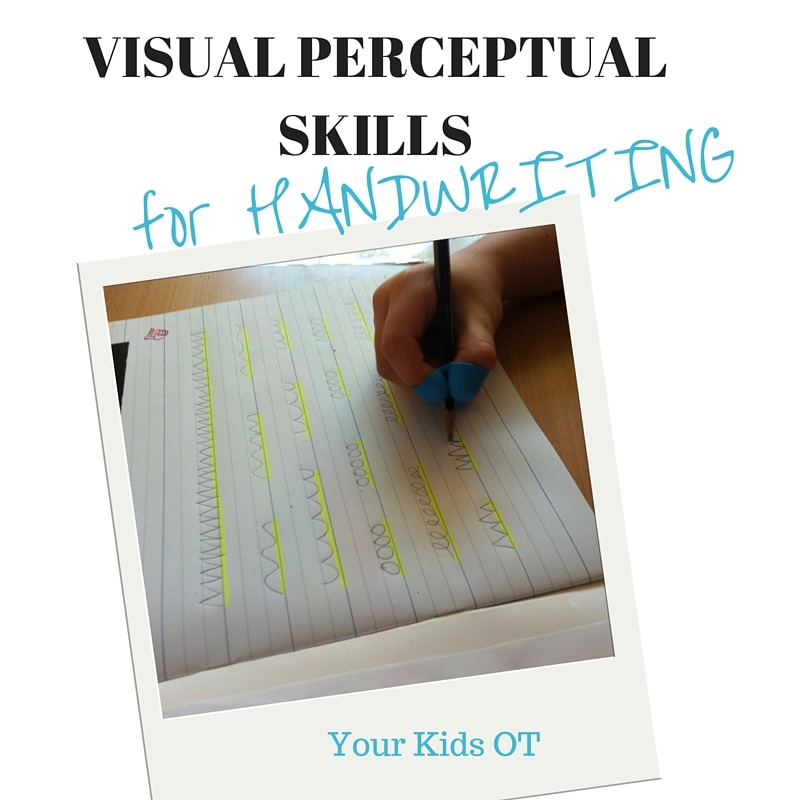
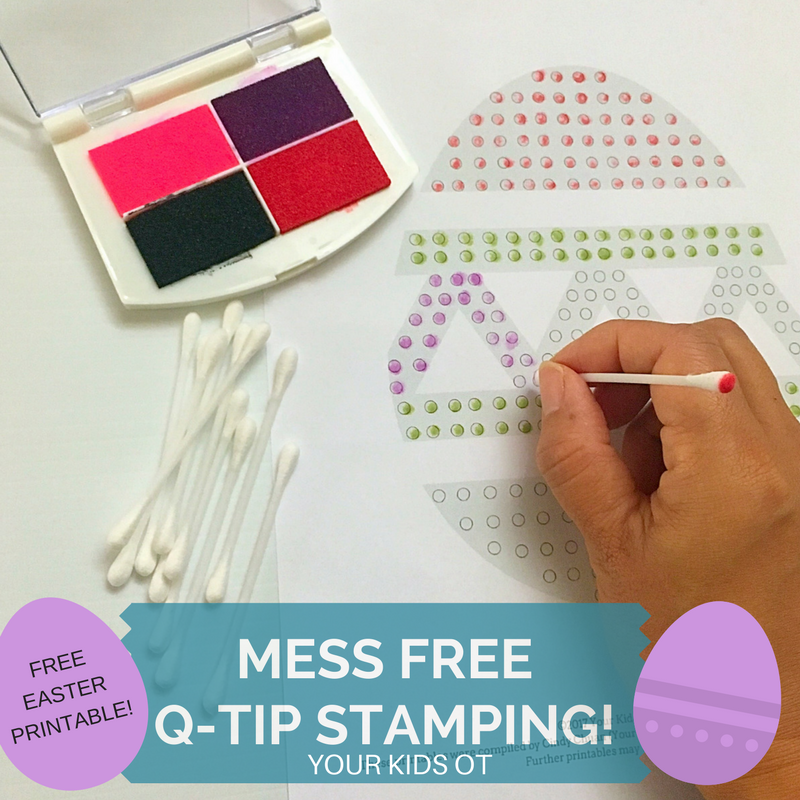
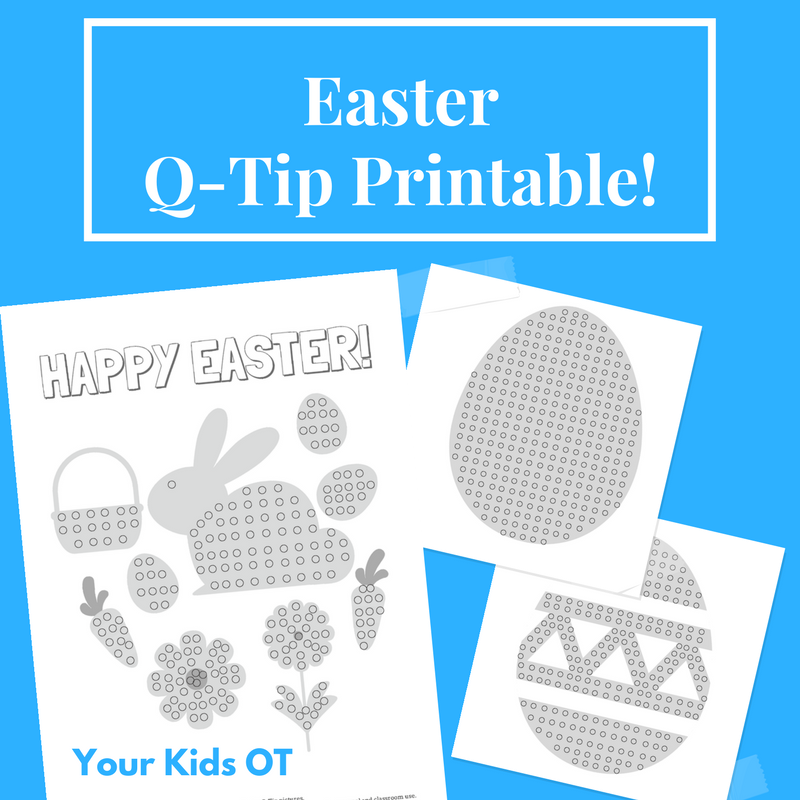

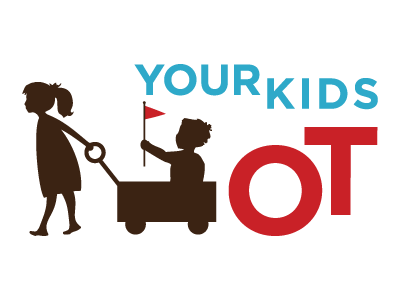
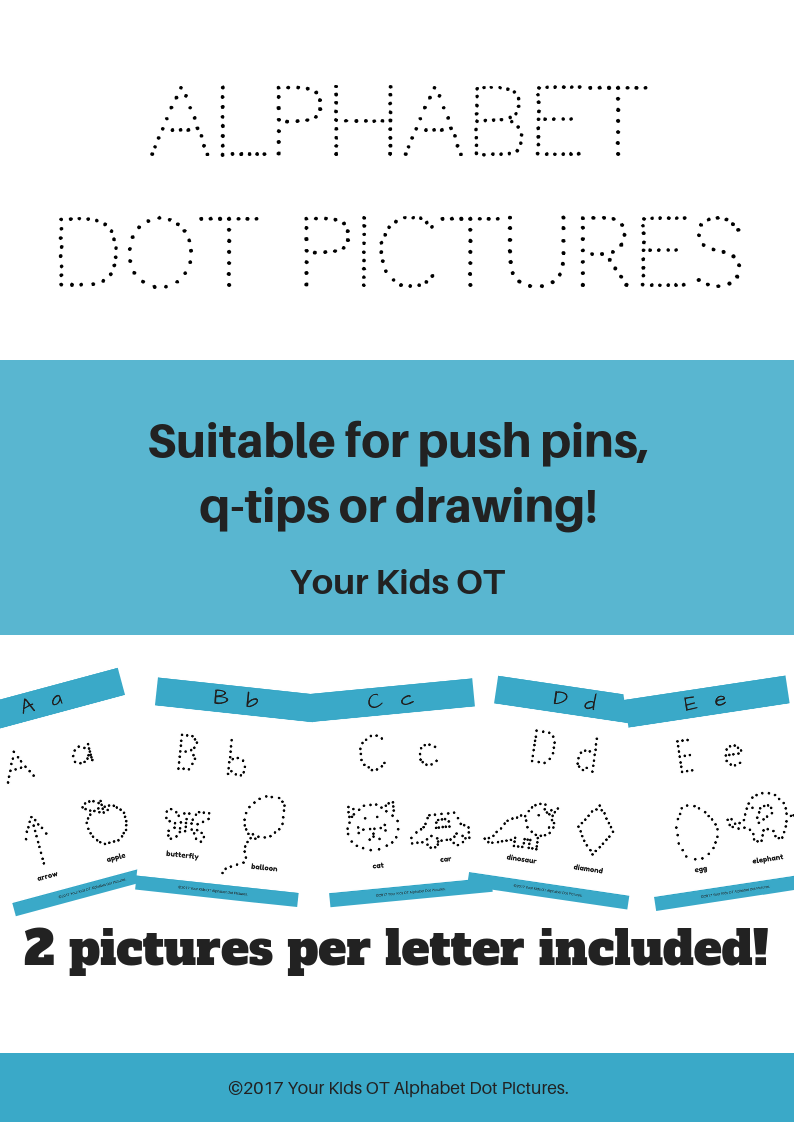


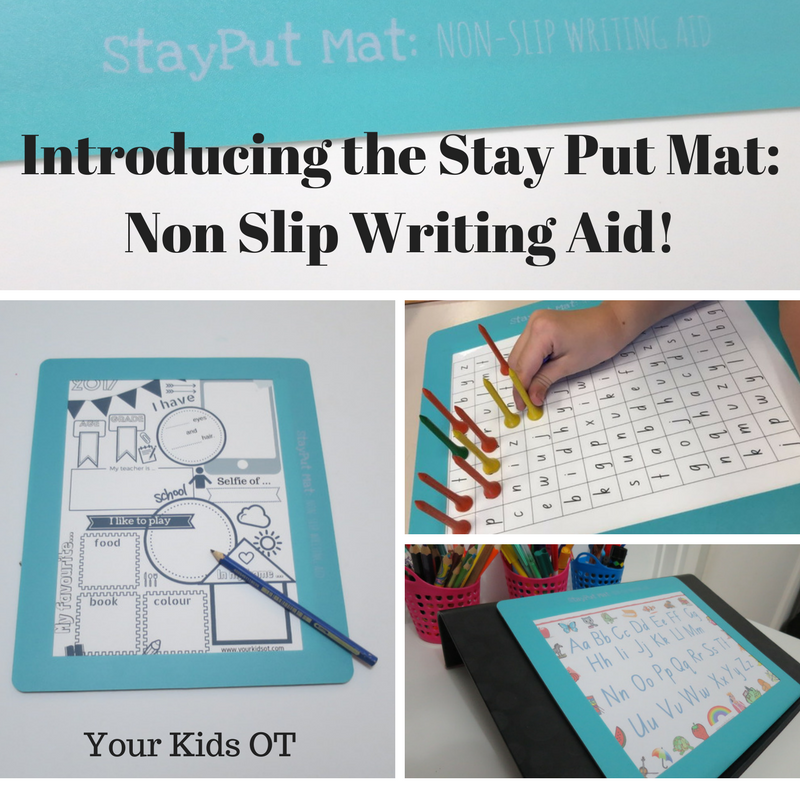
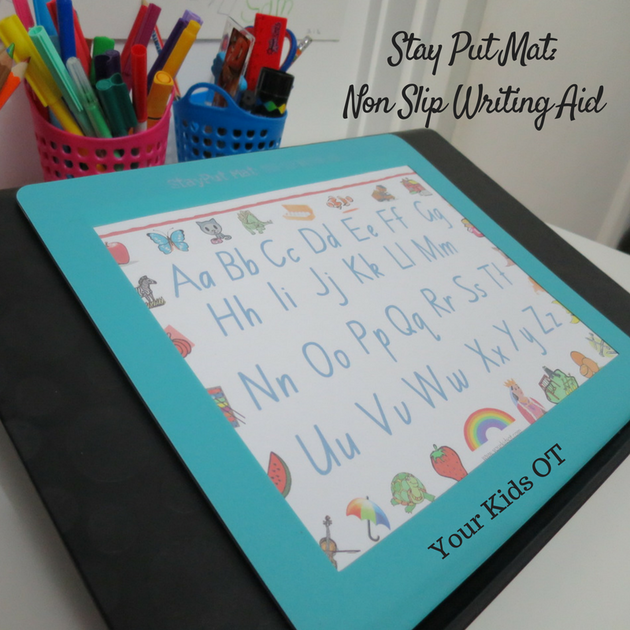

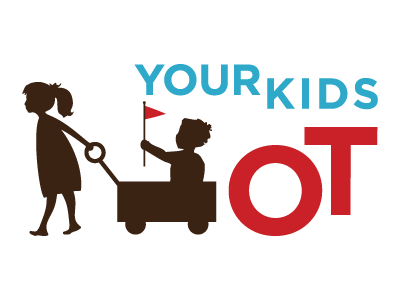
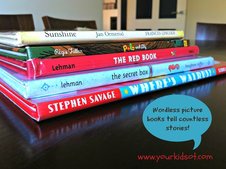

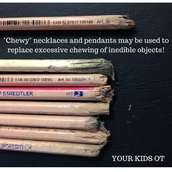
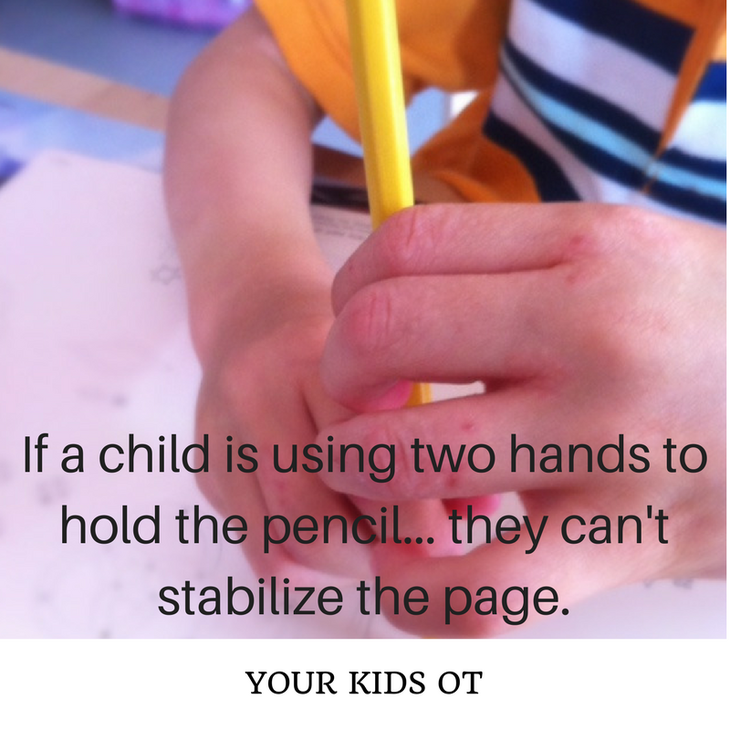





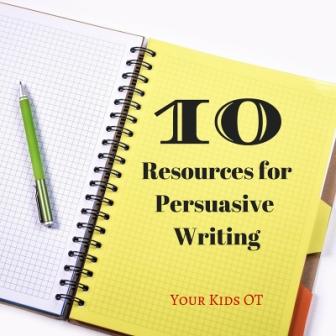
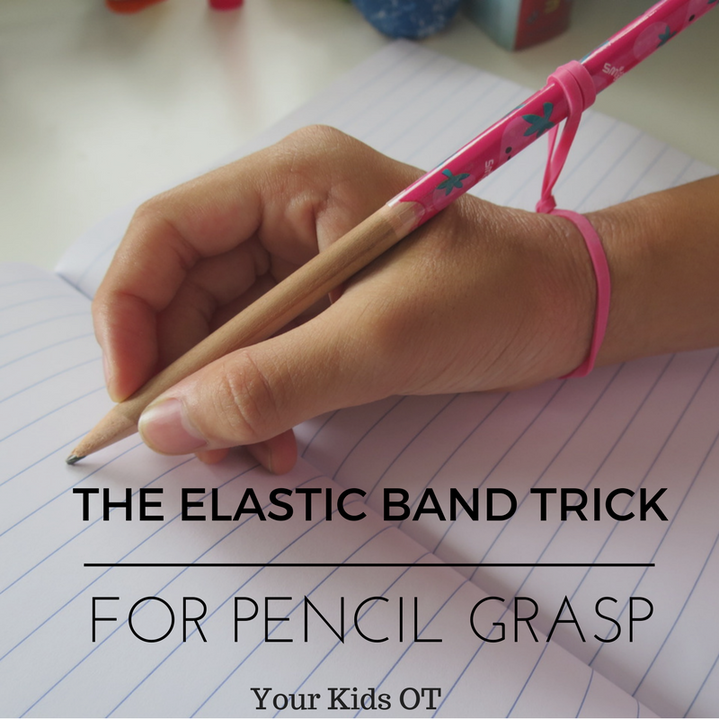
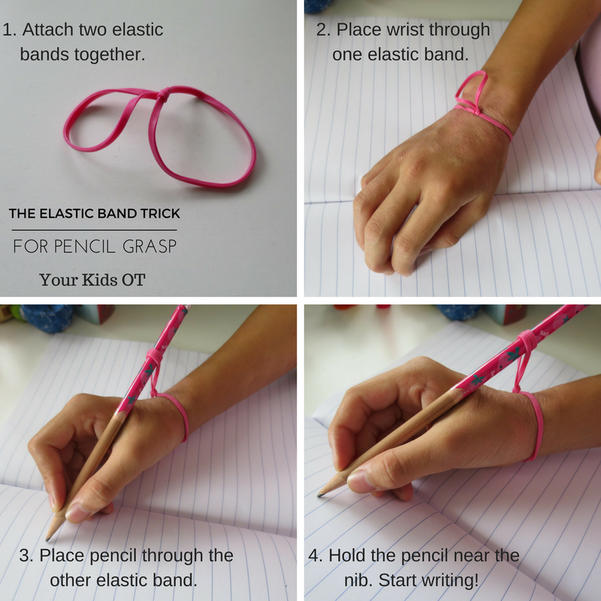
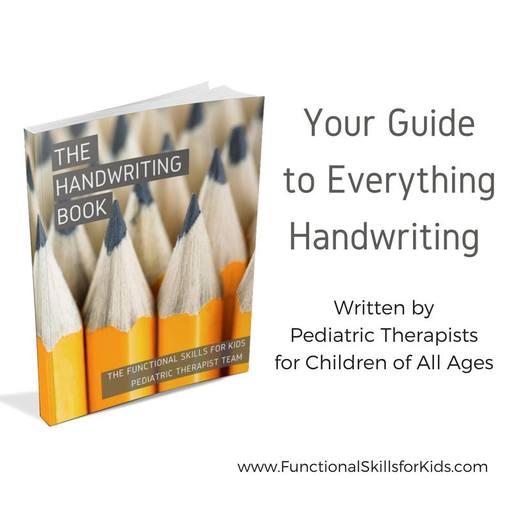

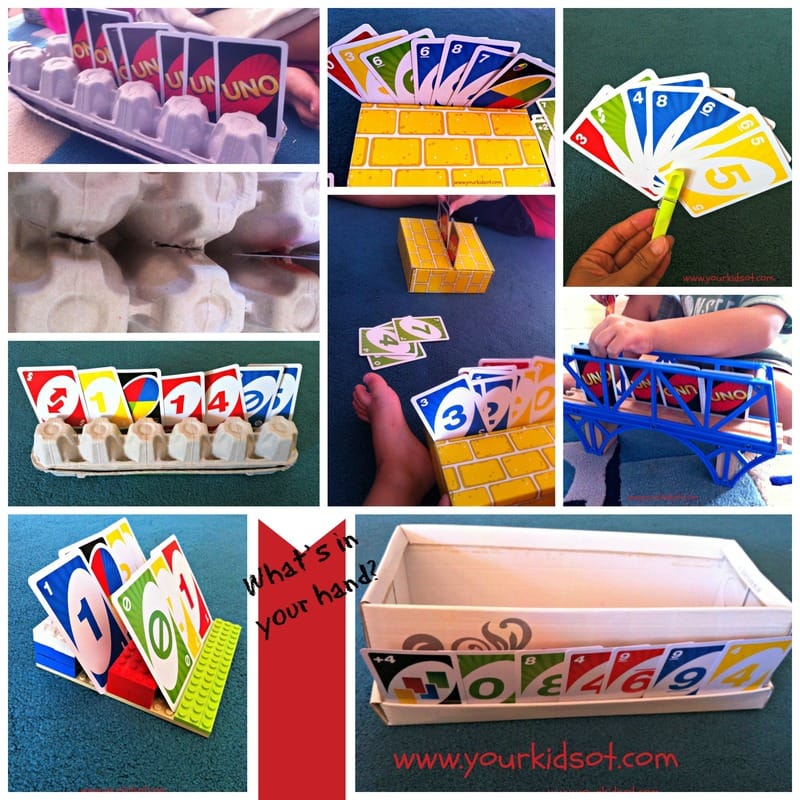
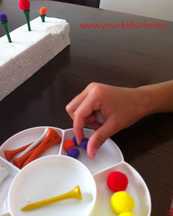

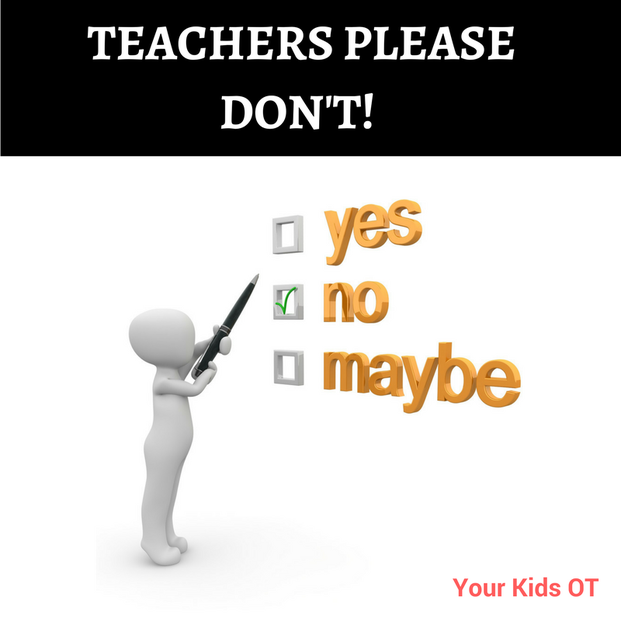
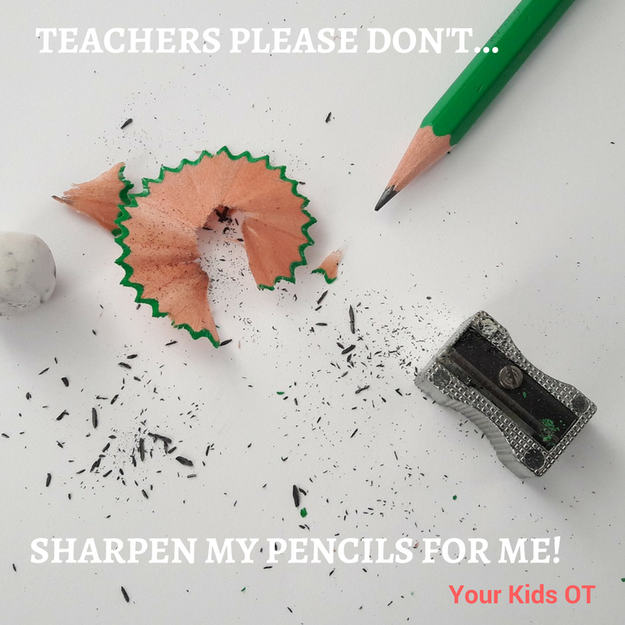
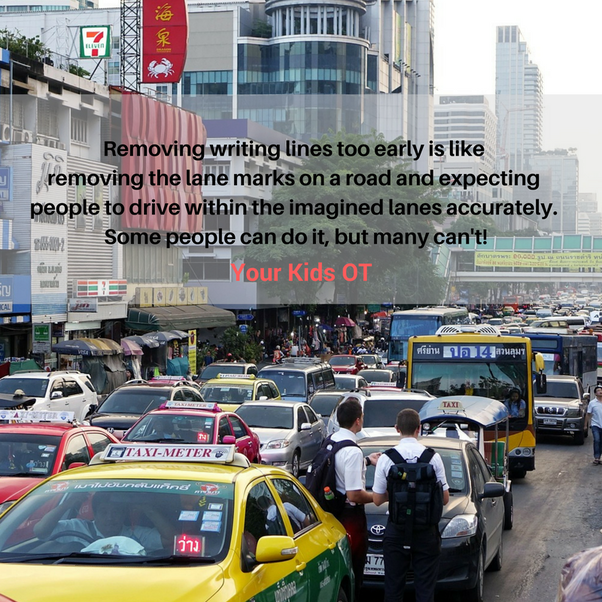




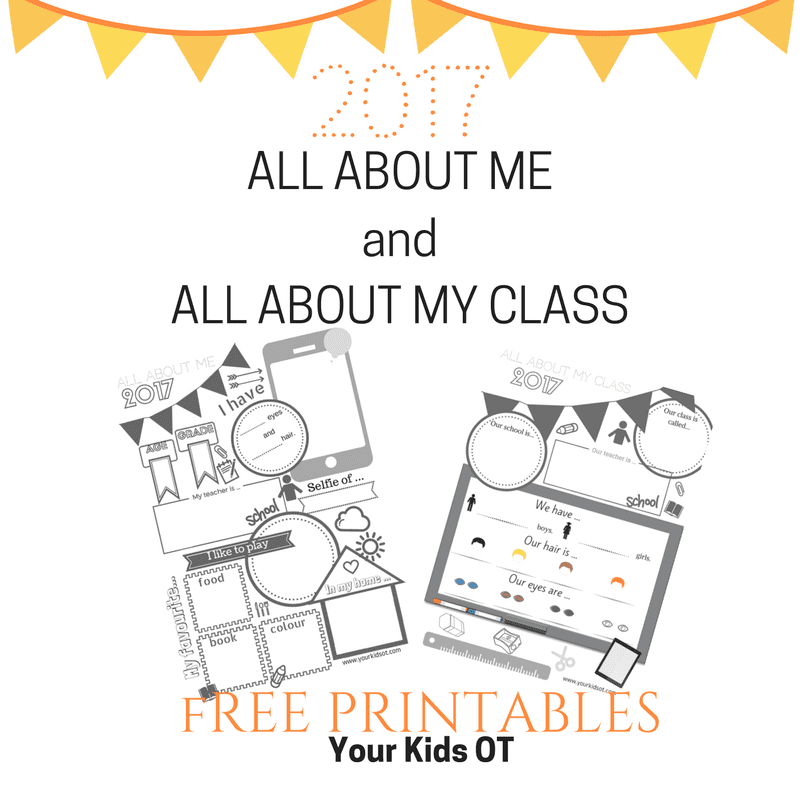

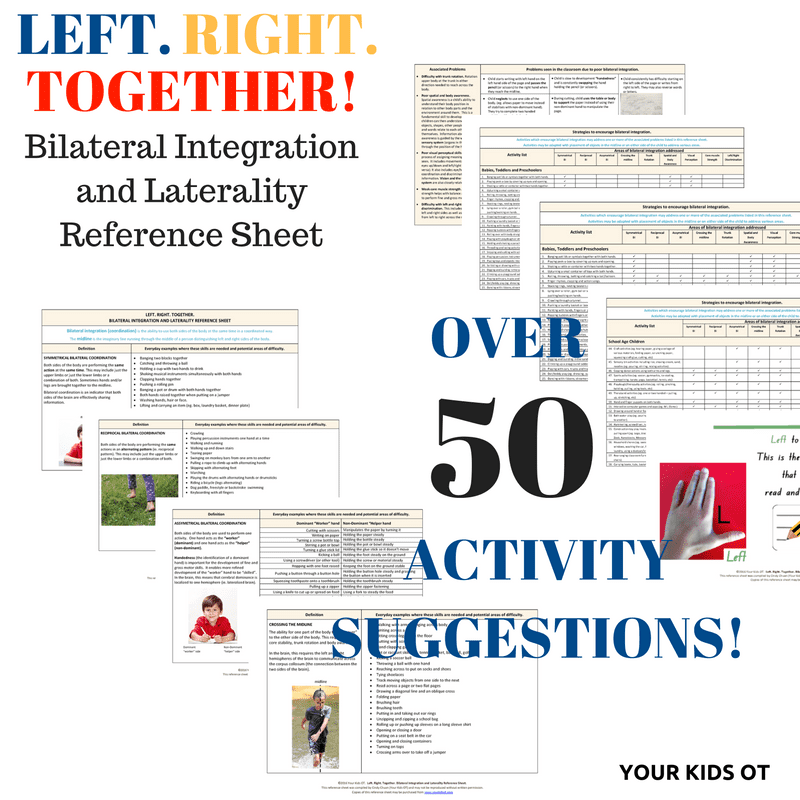
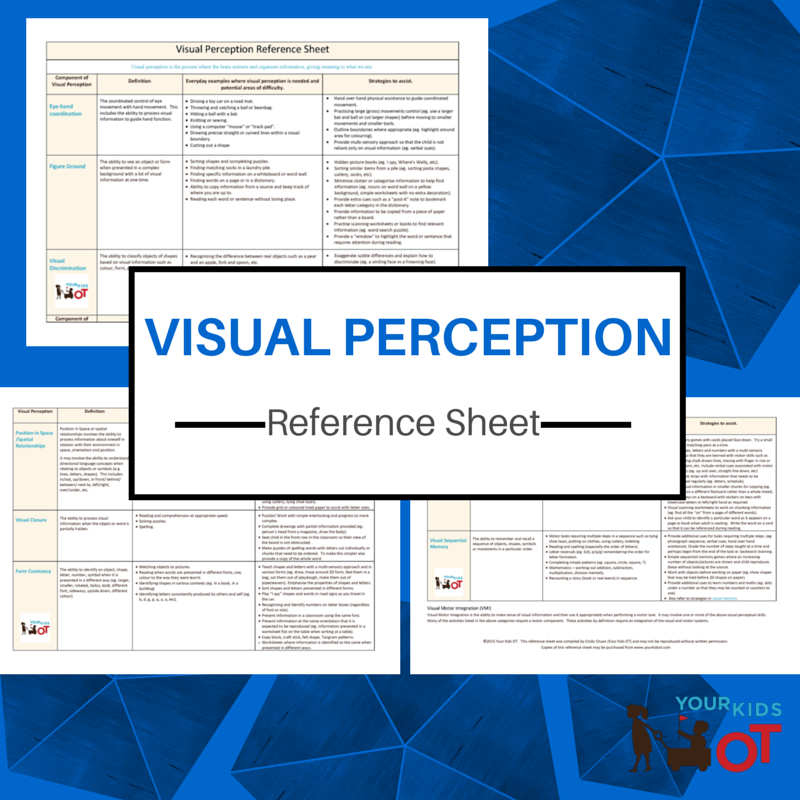
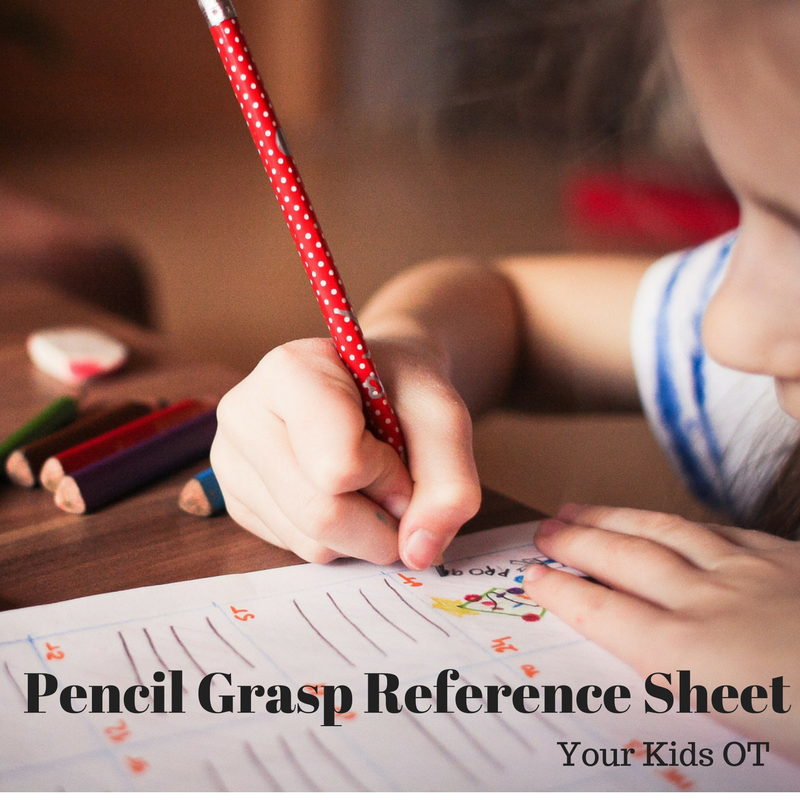
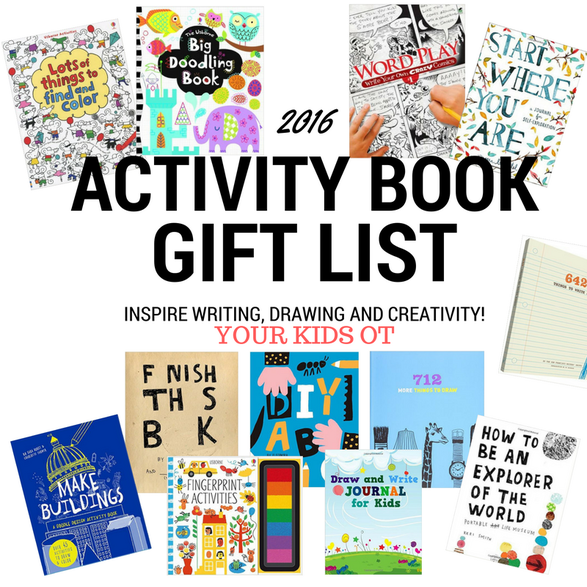

















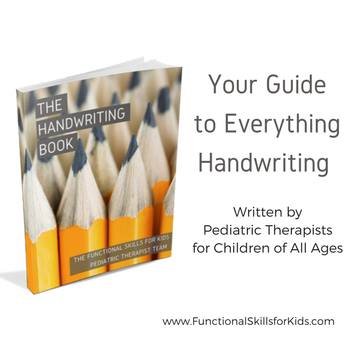
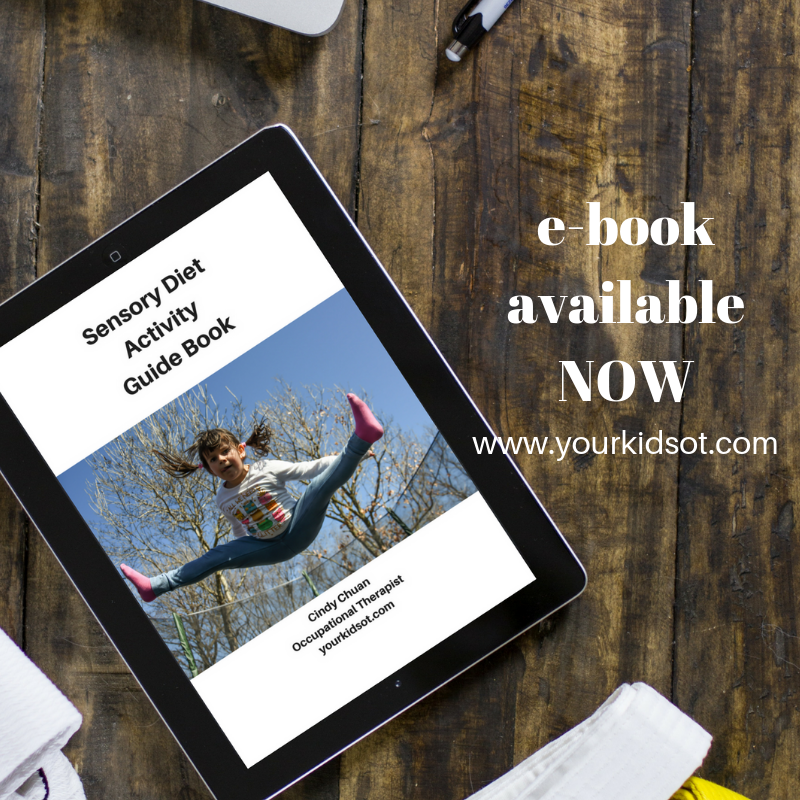
 RSS Feed
RSS Feed
